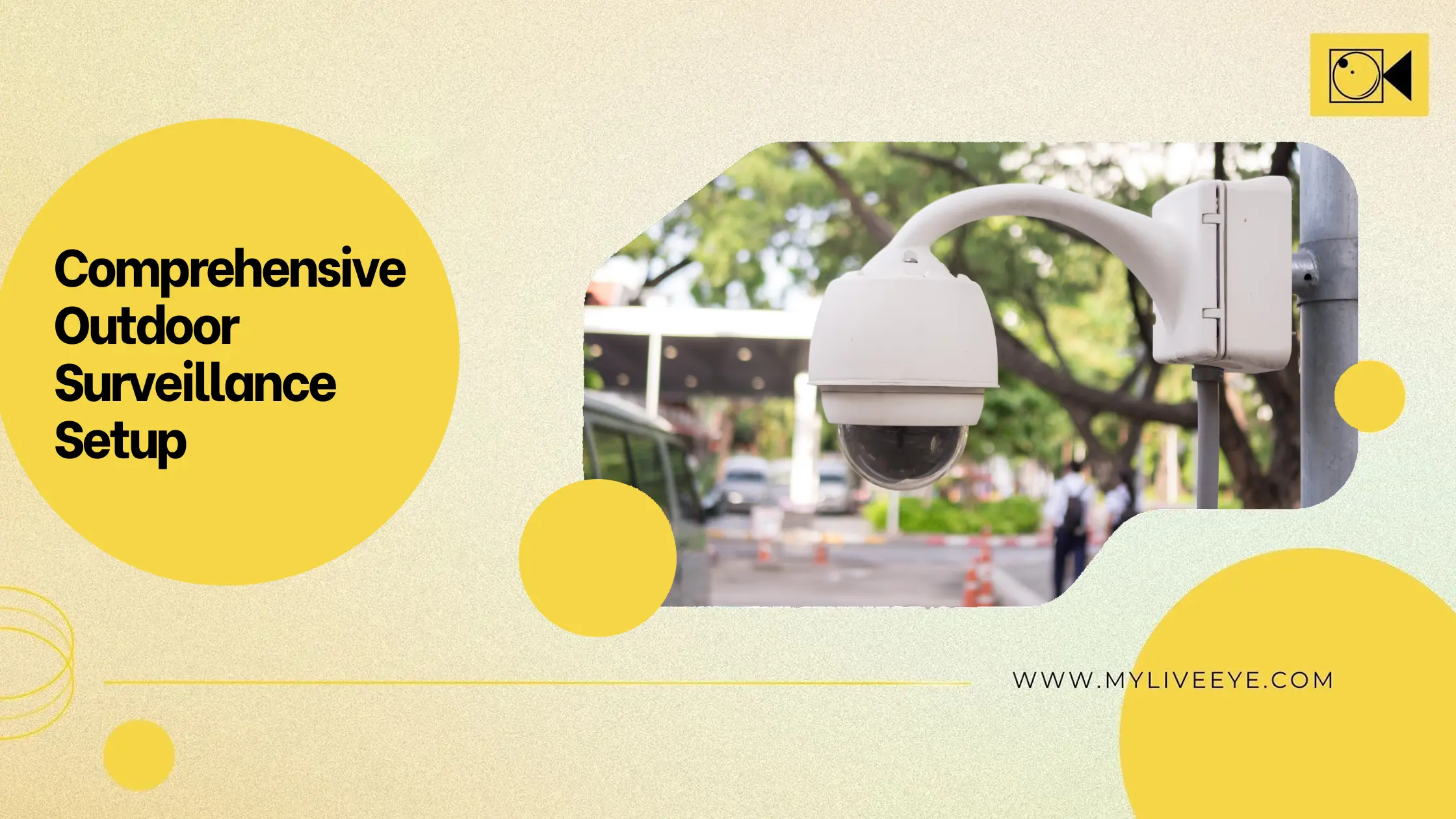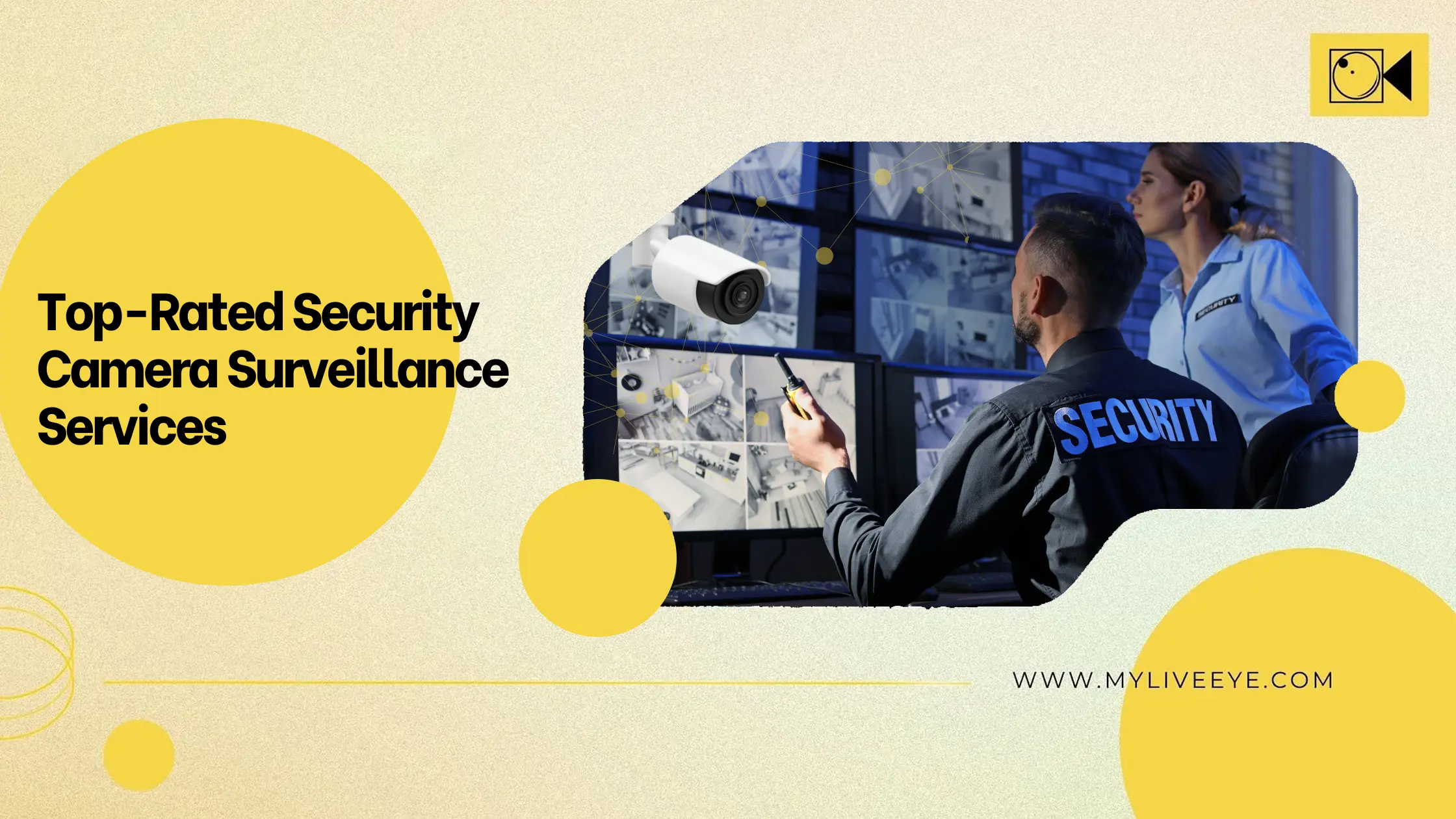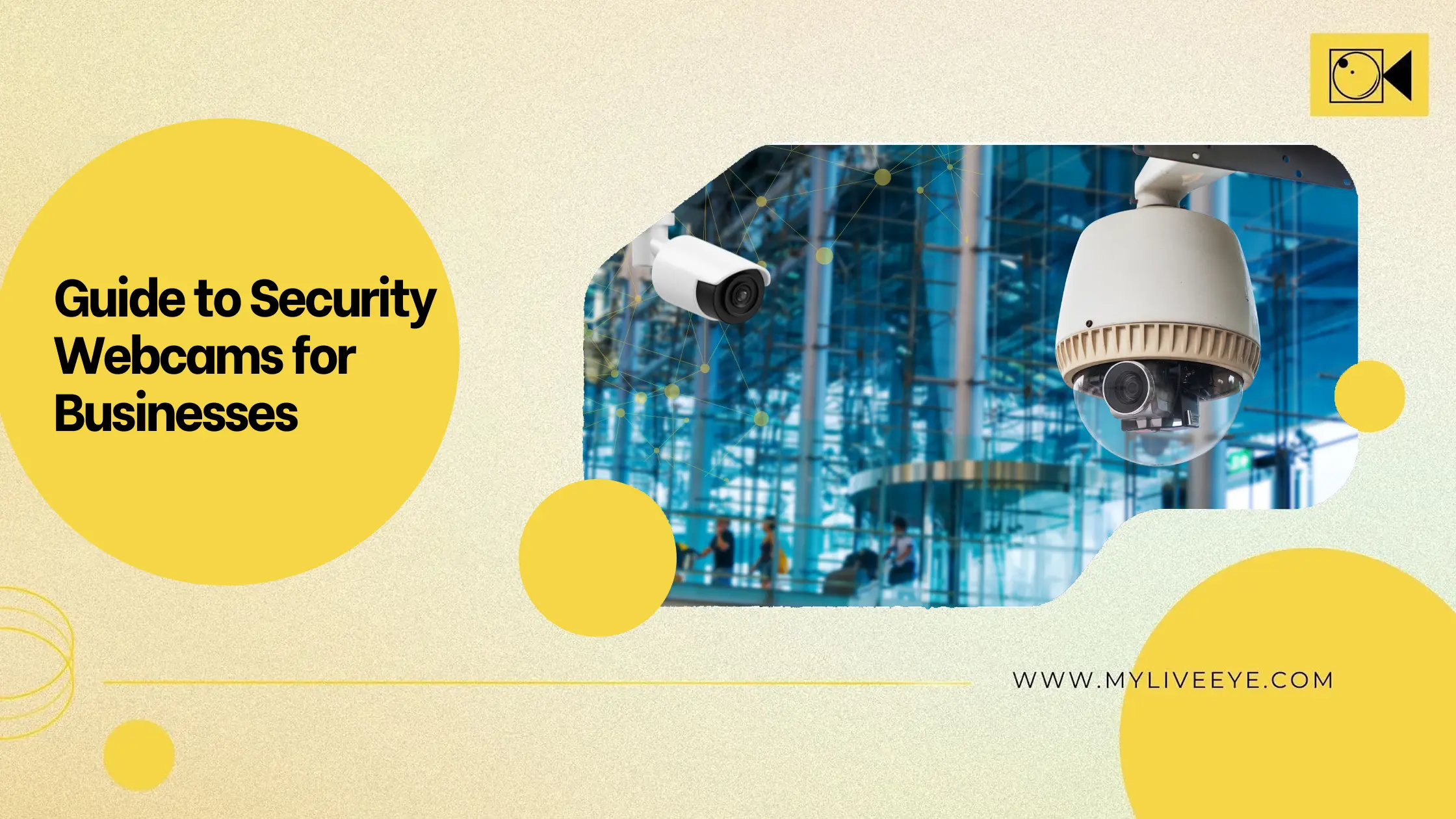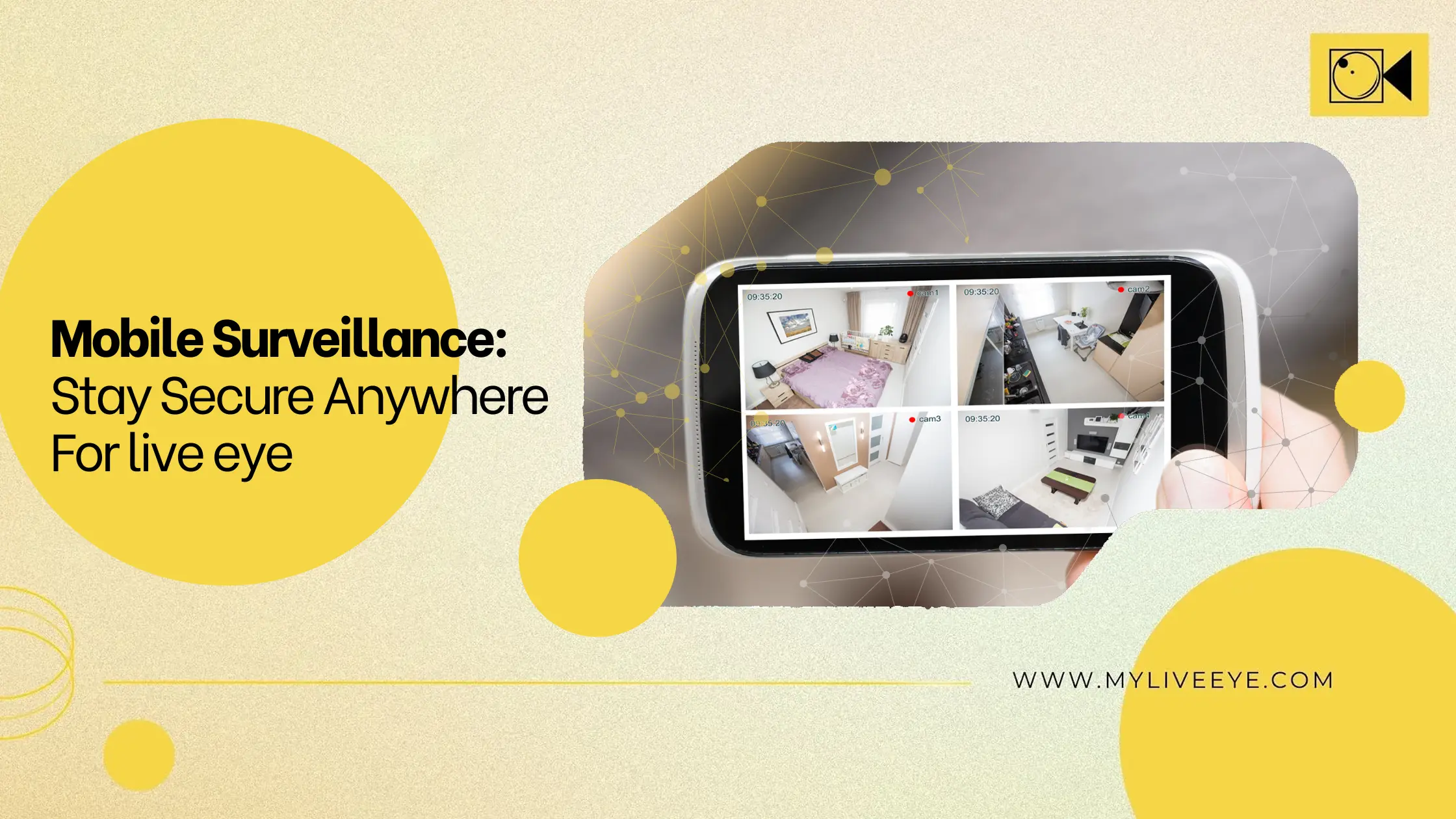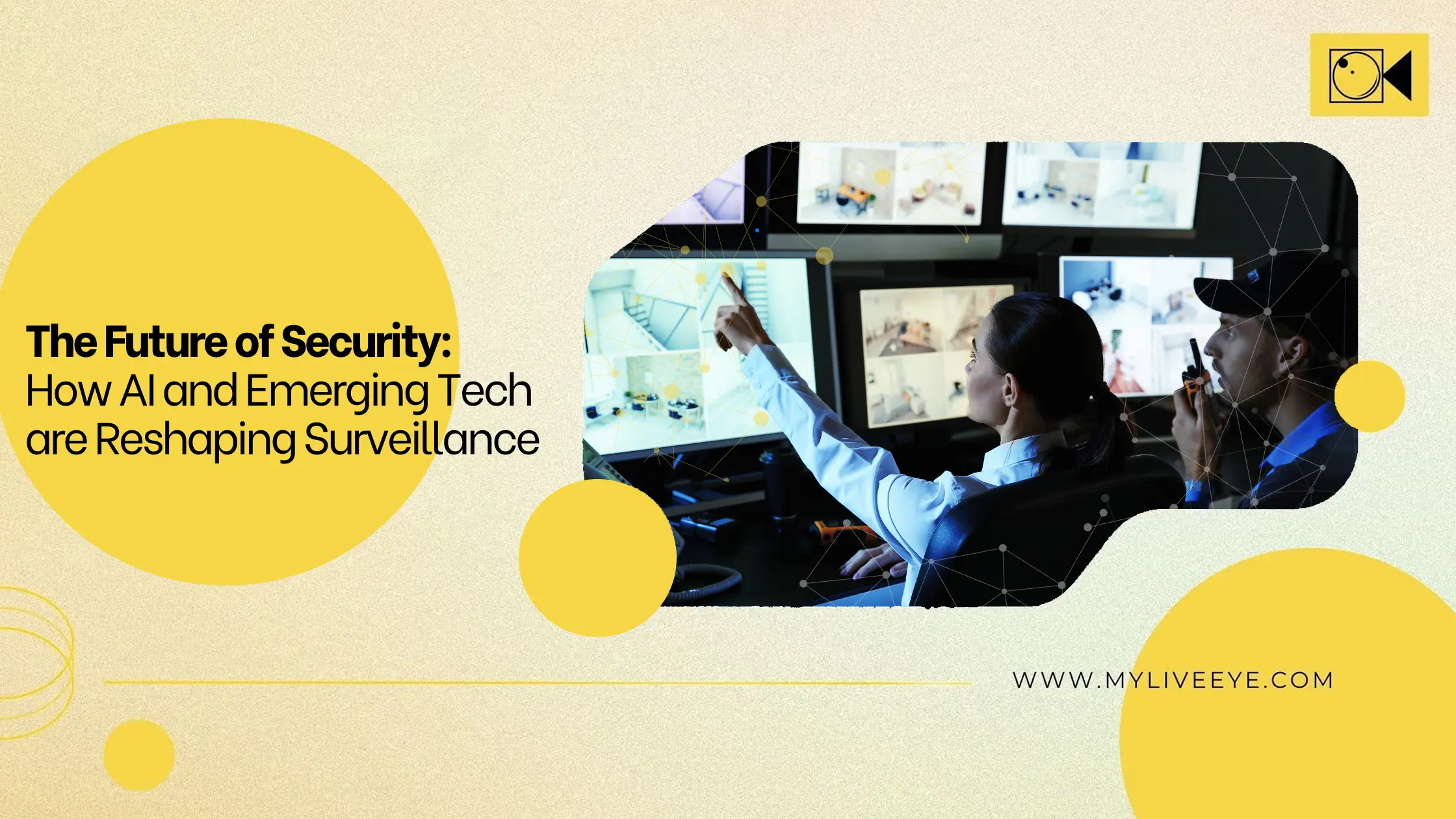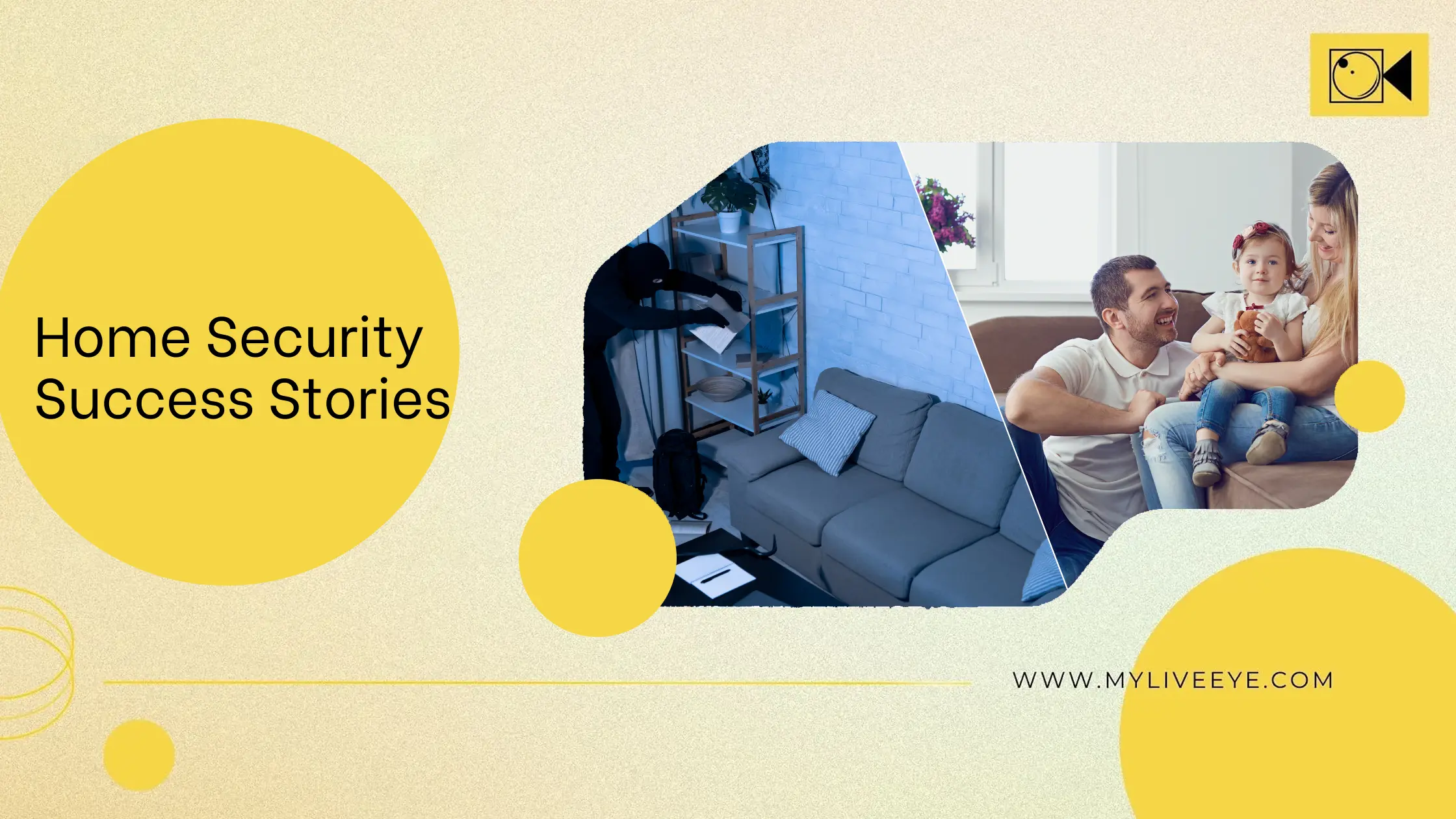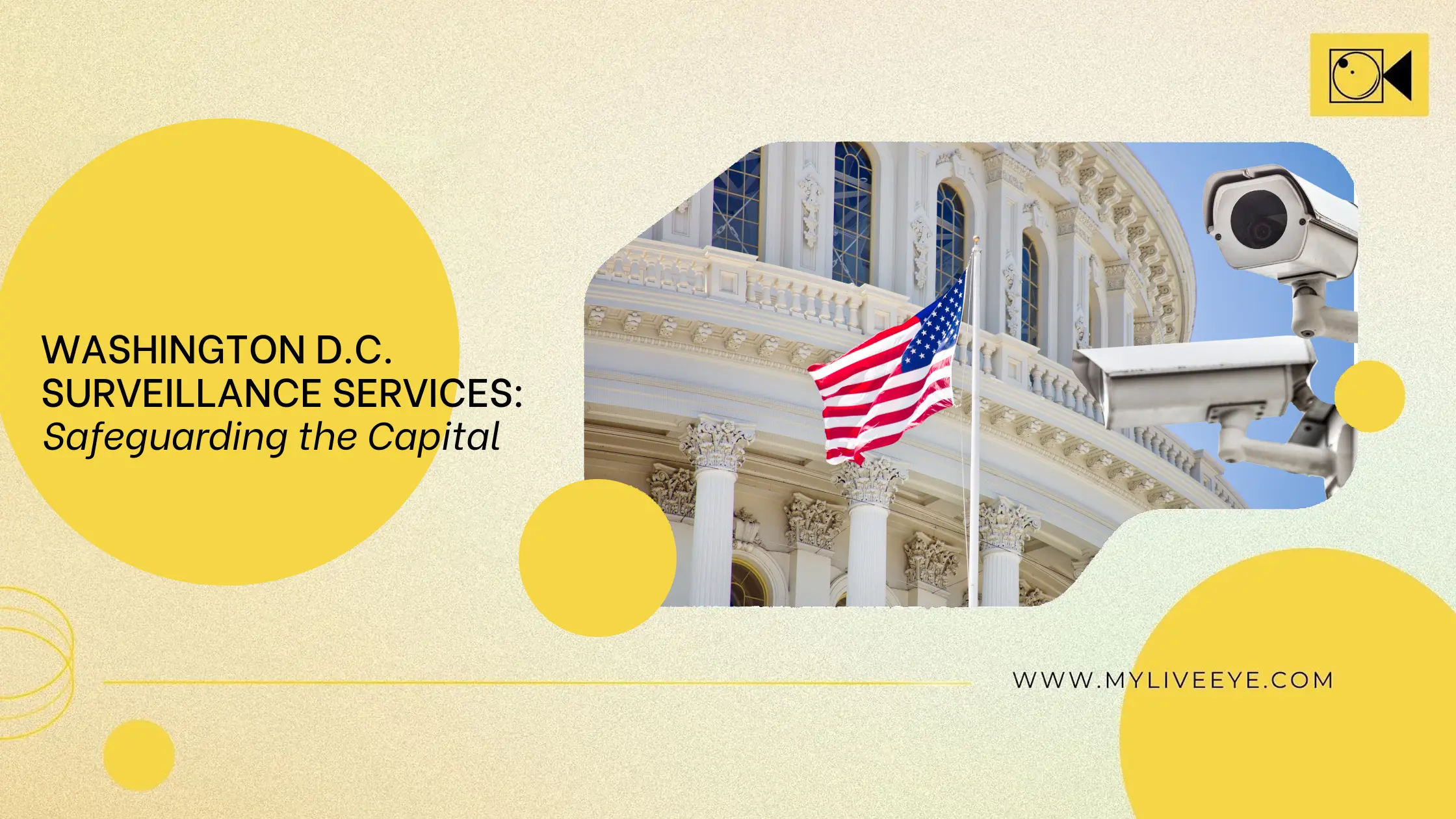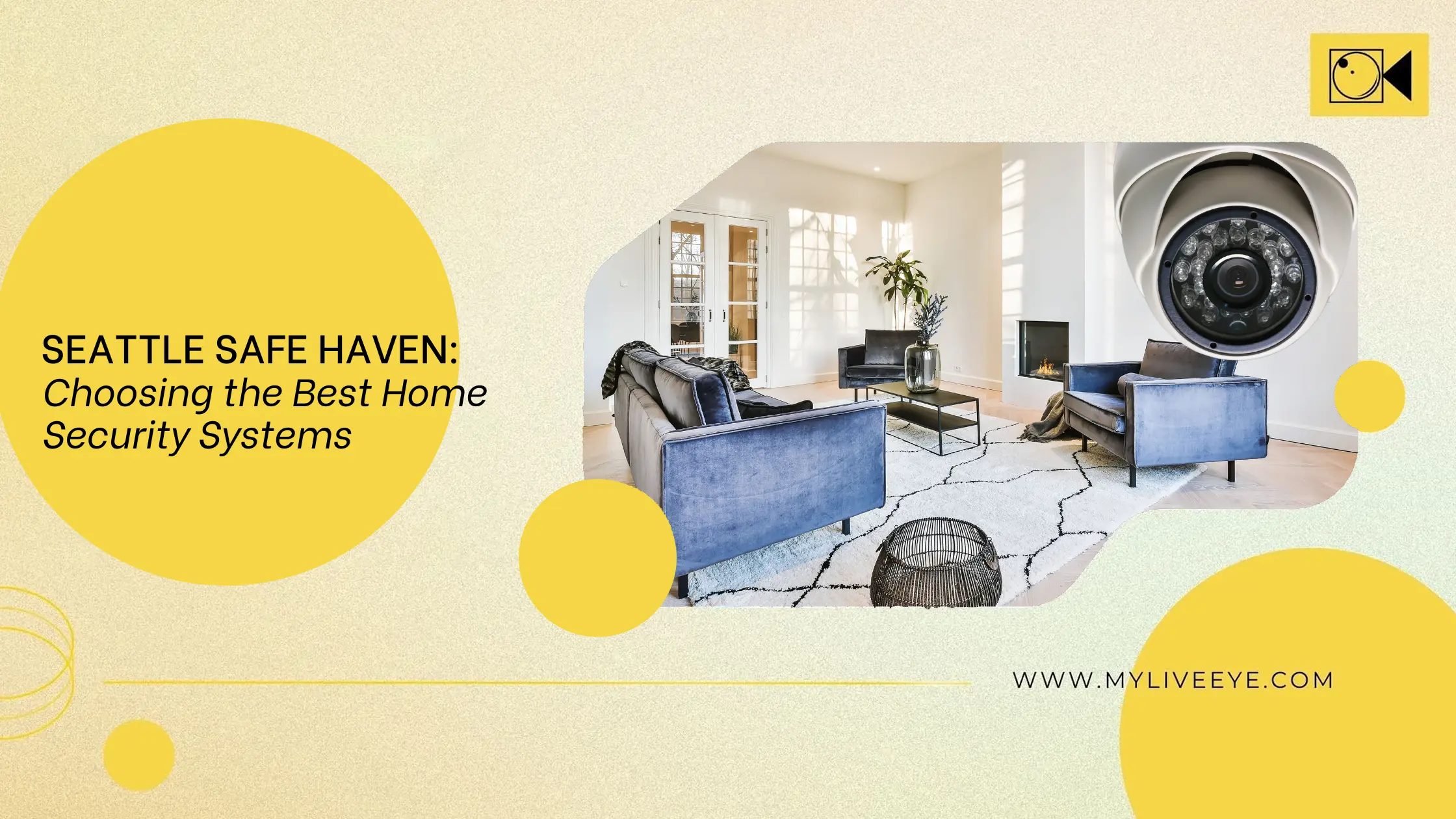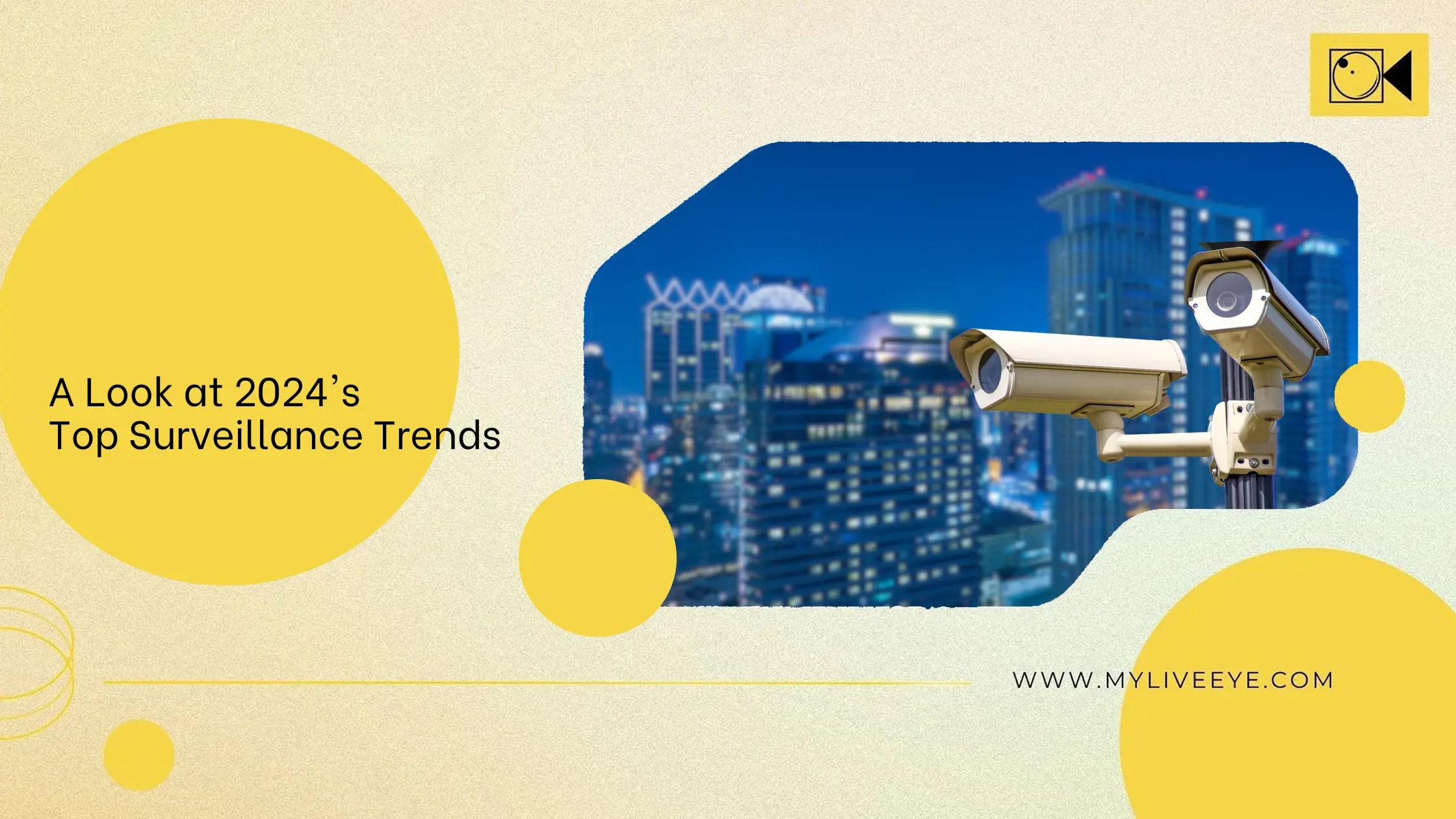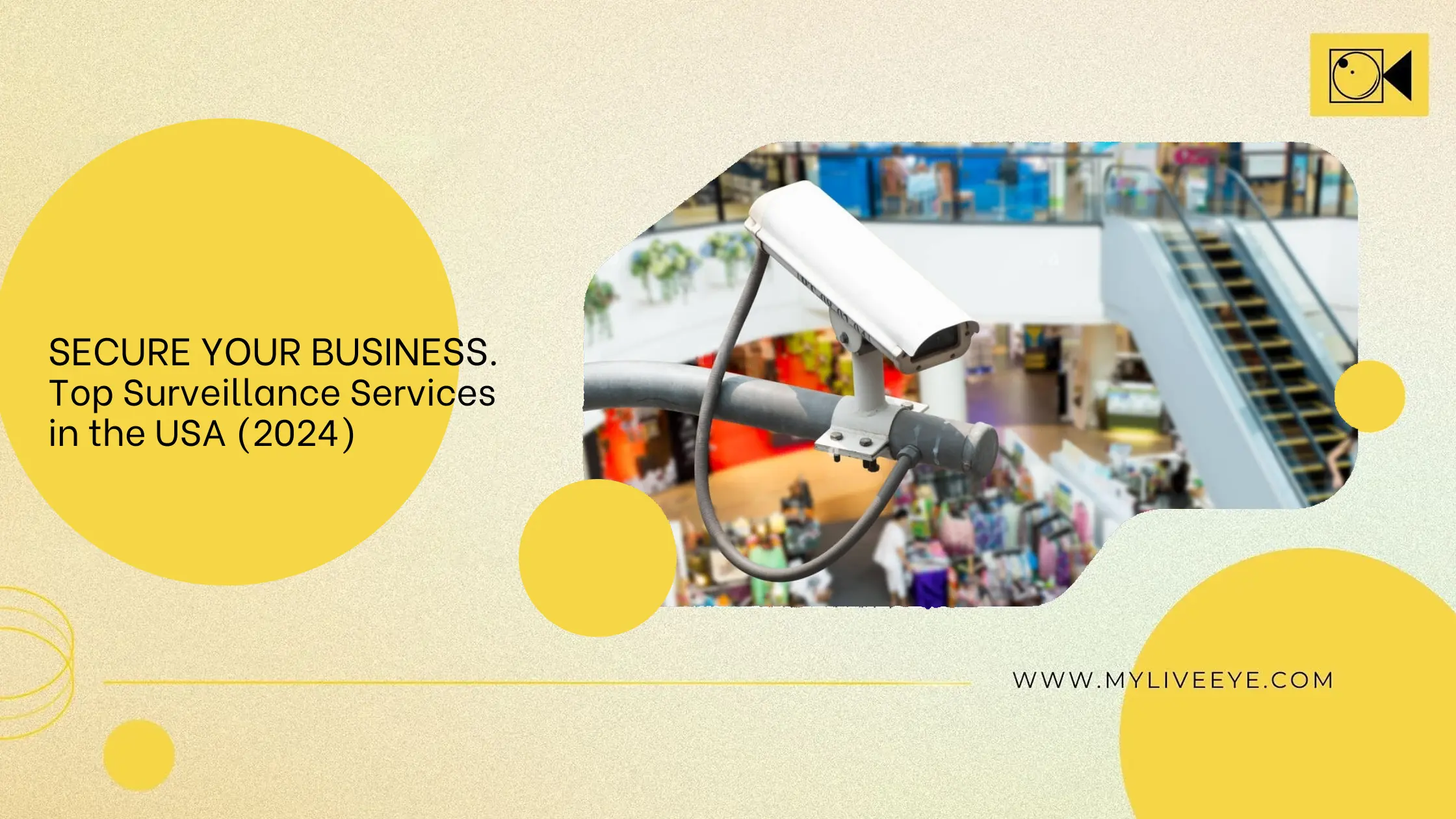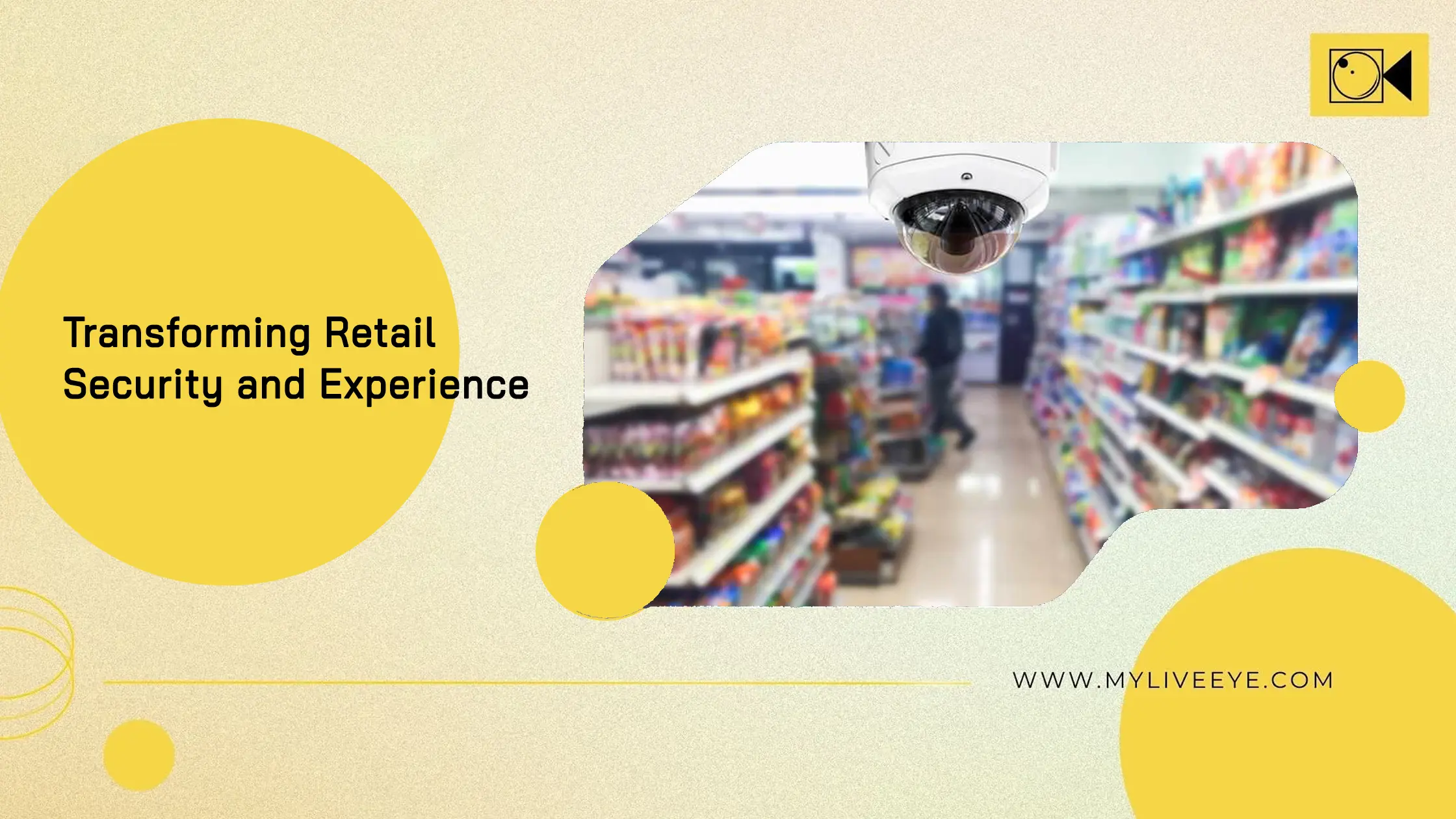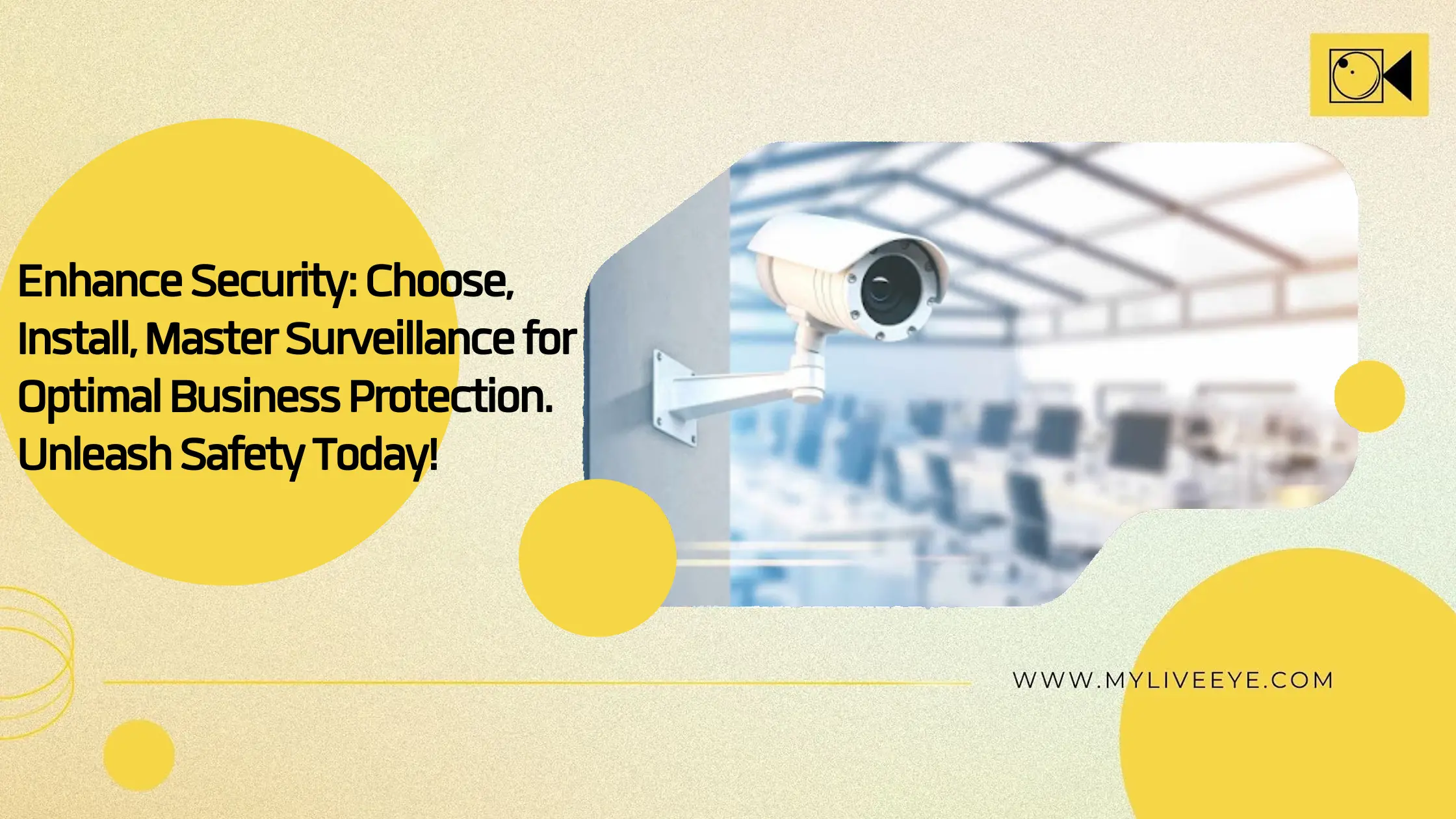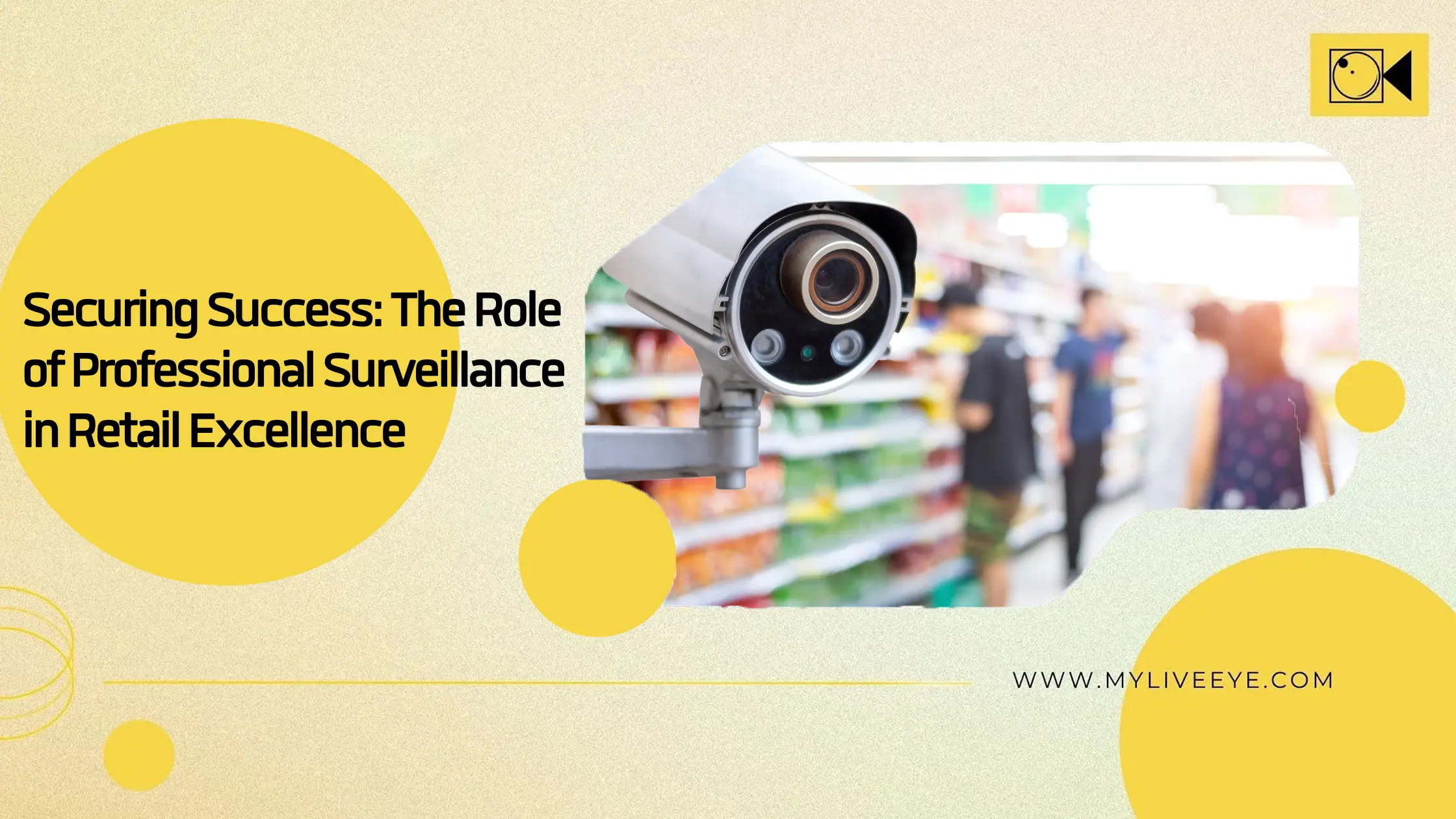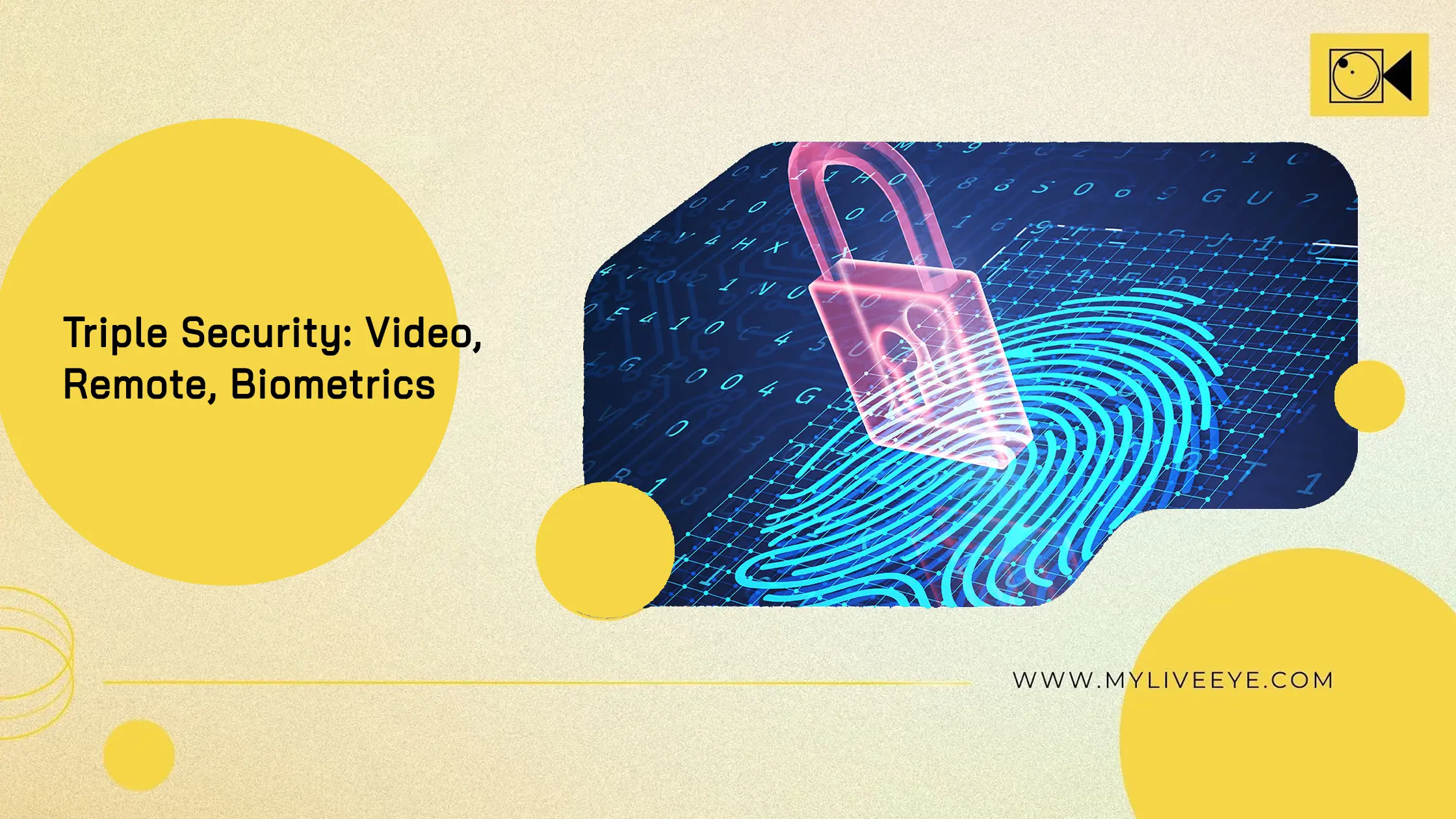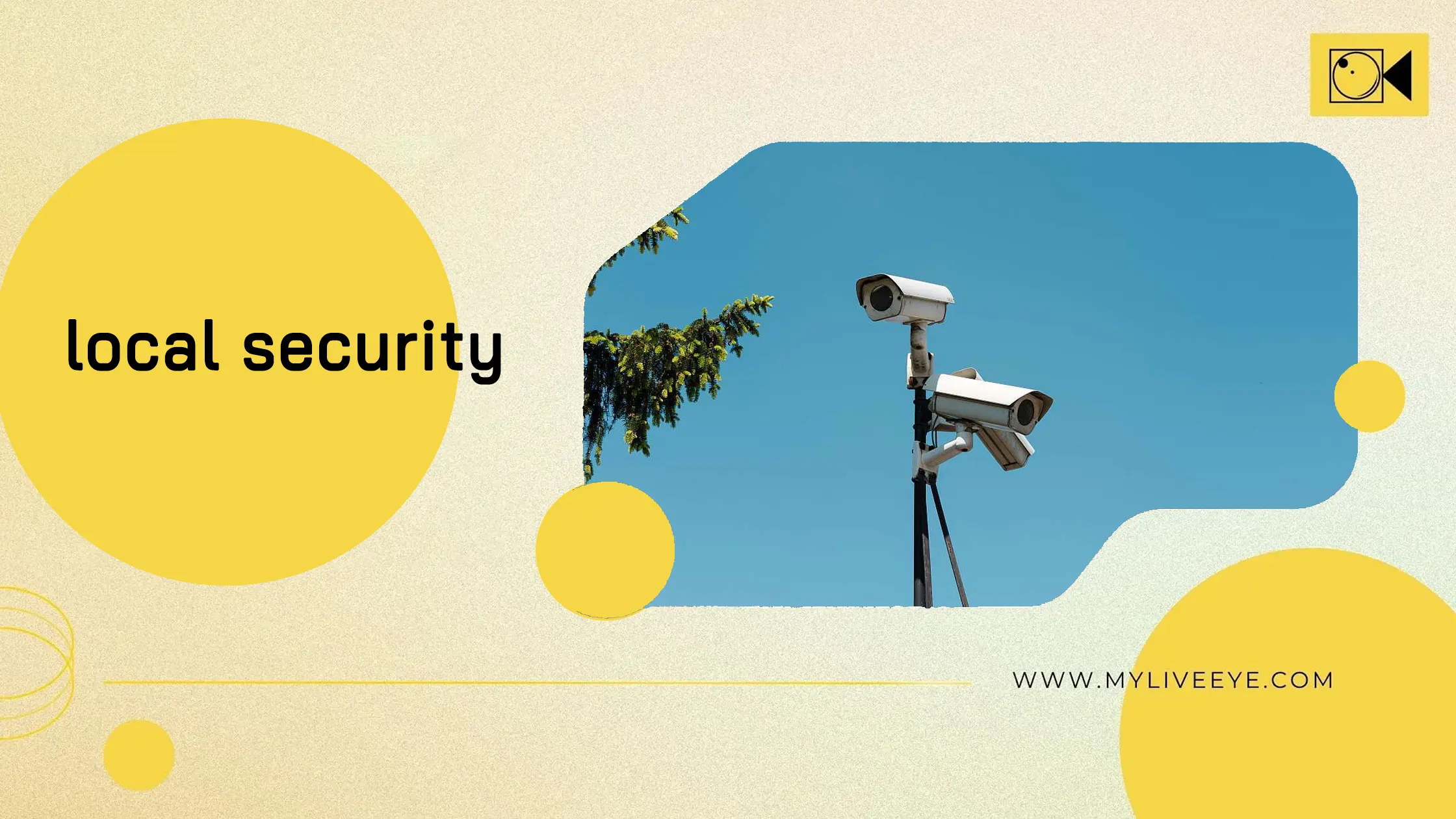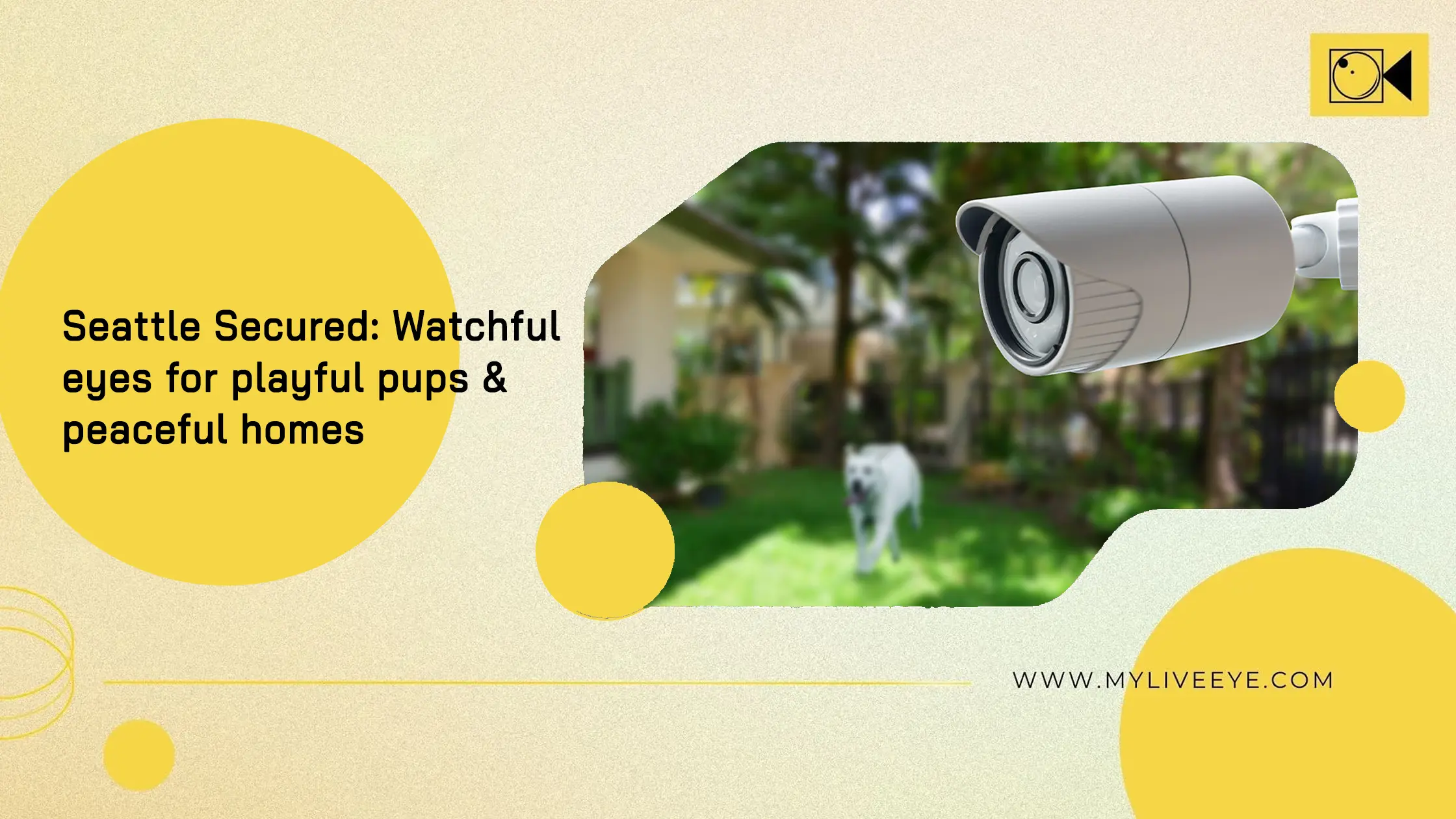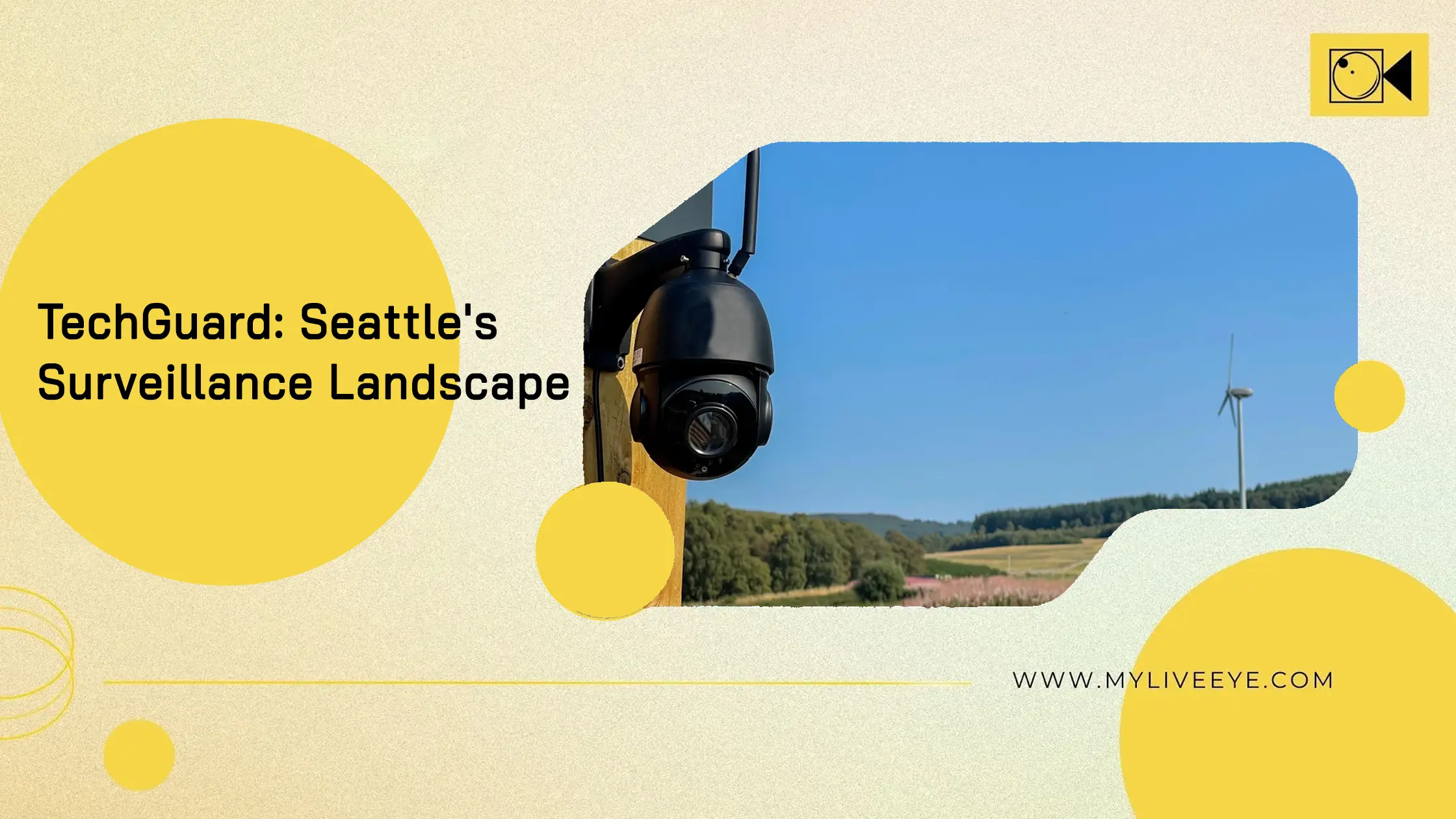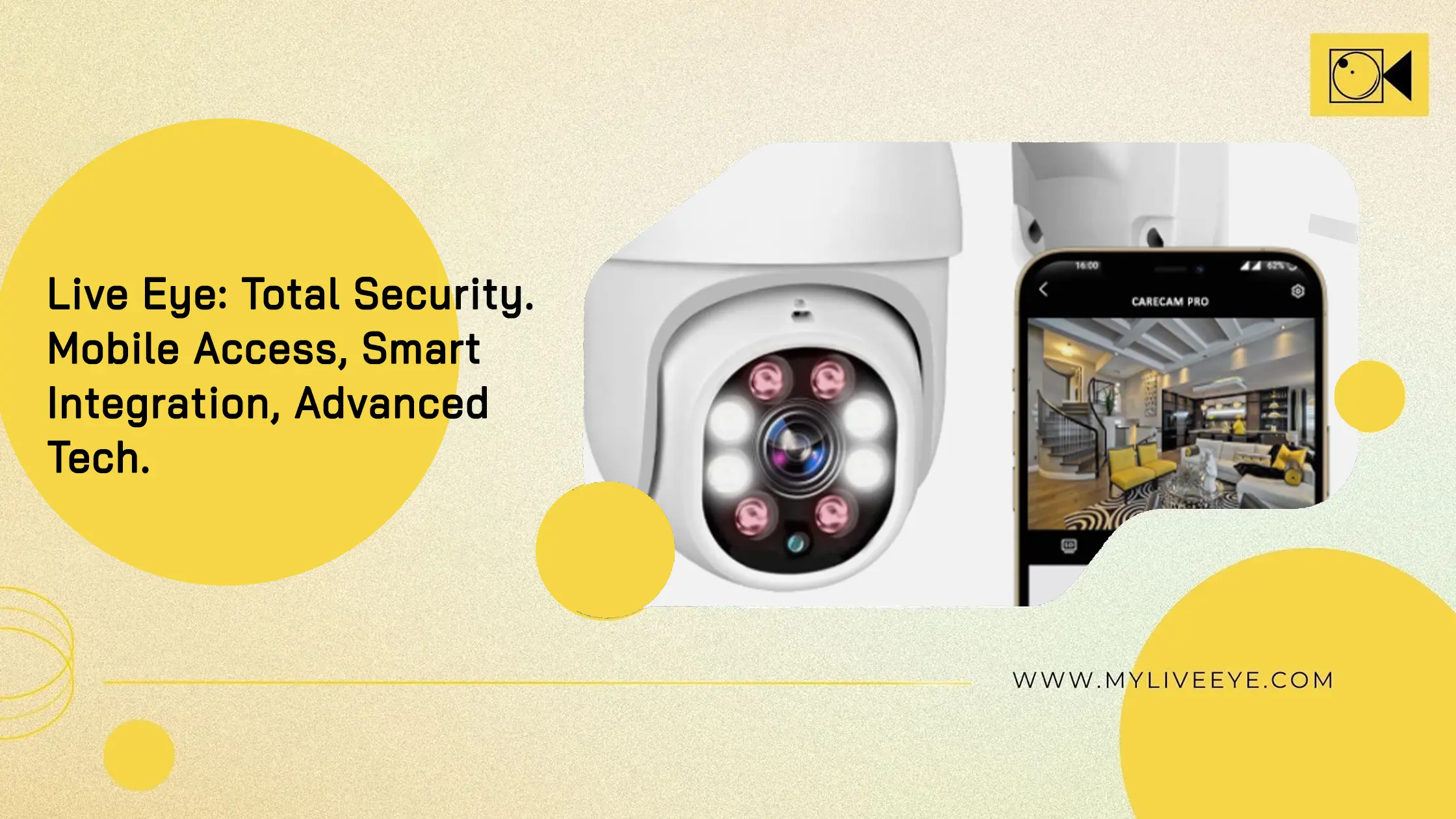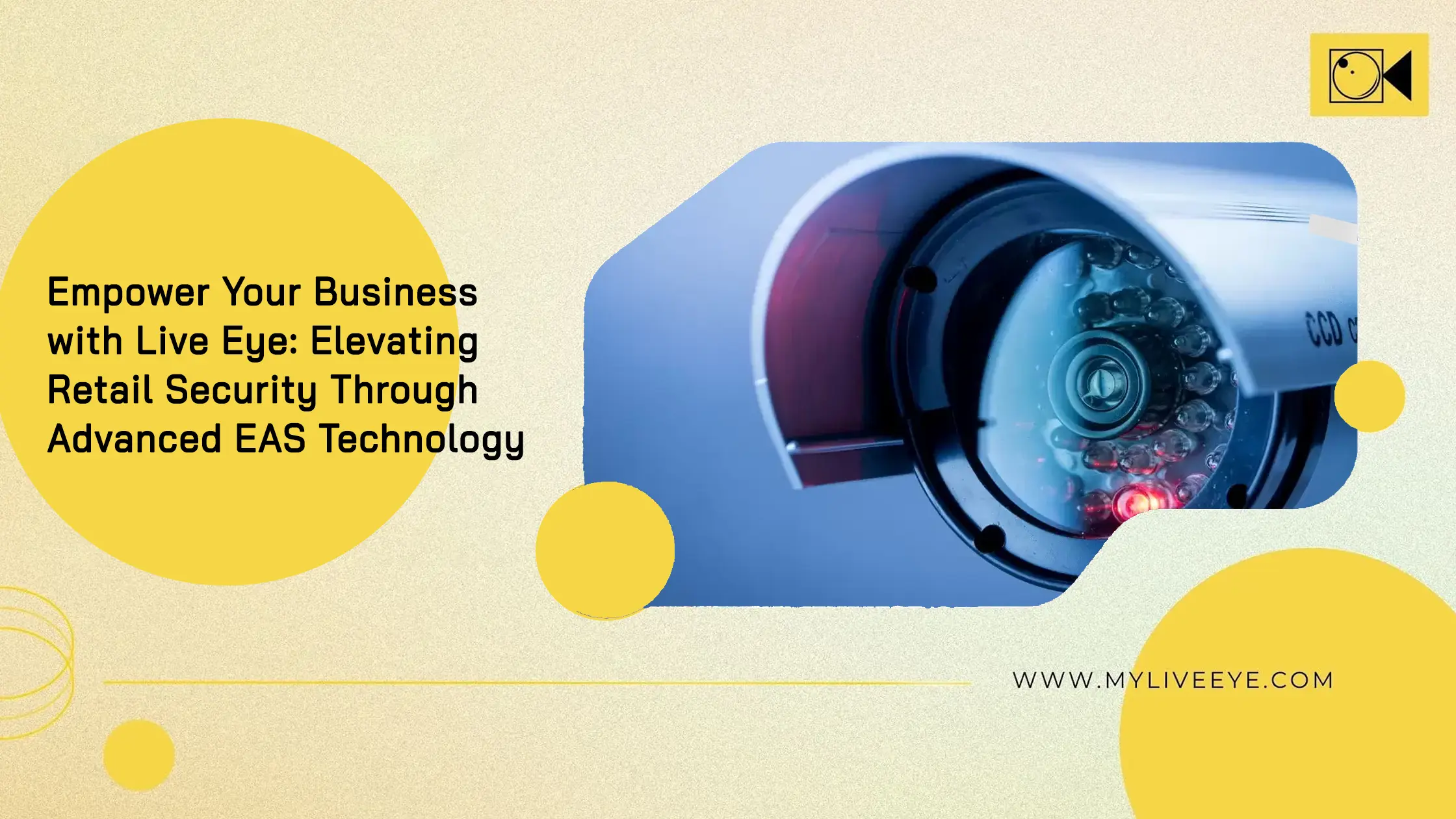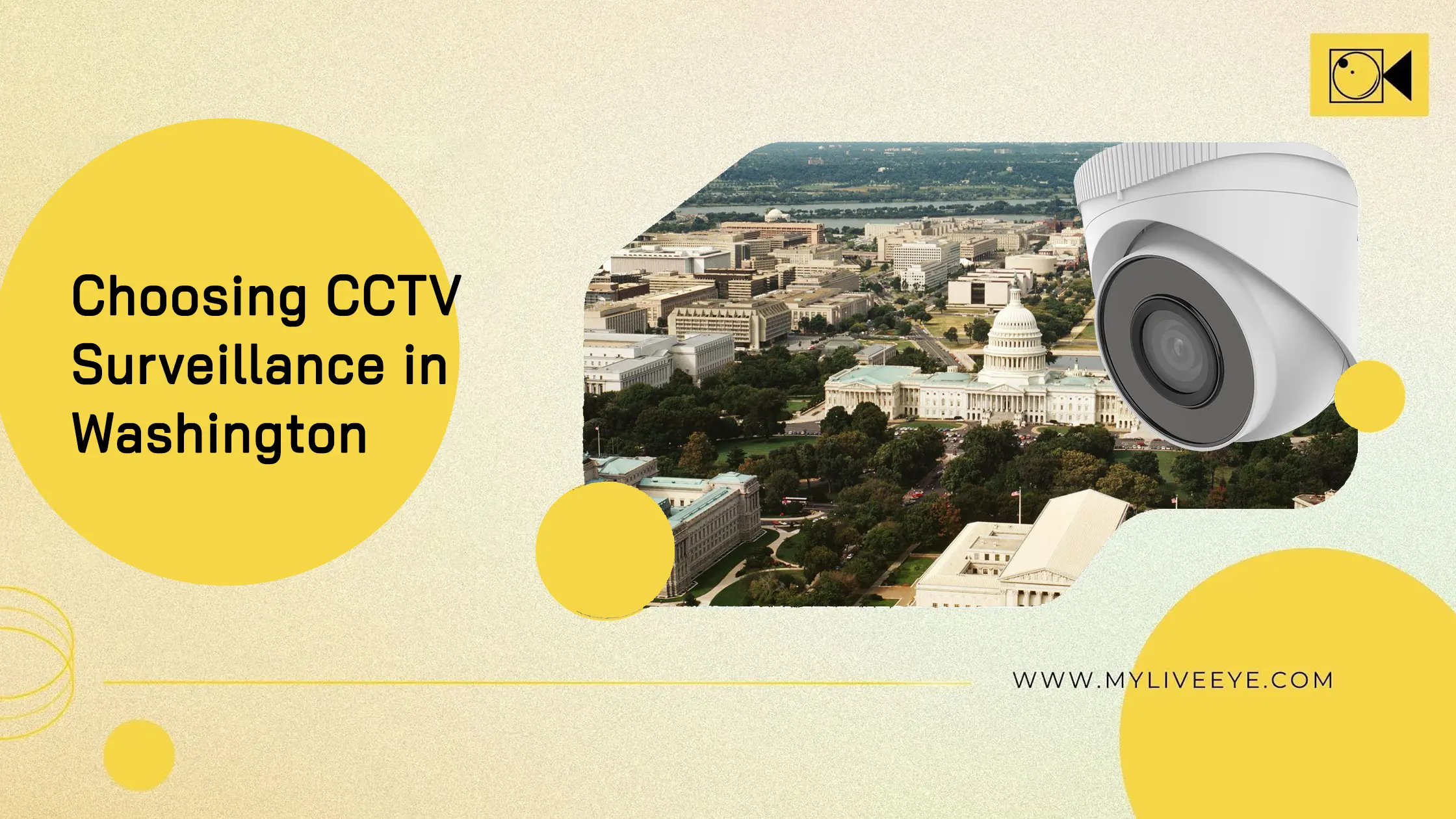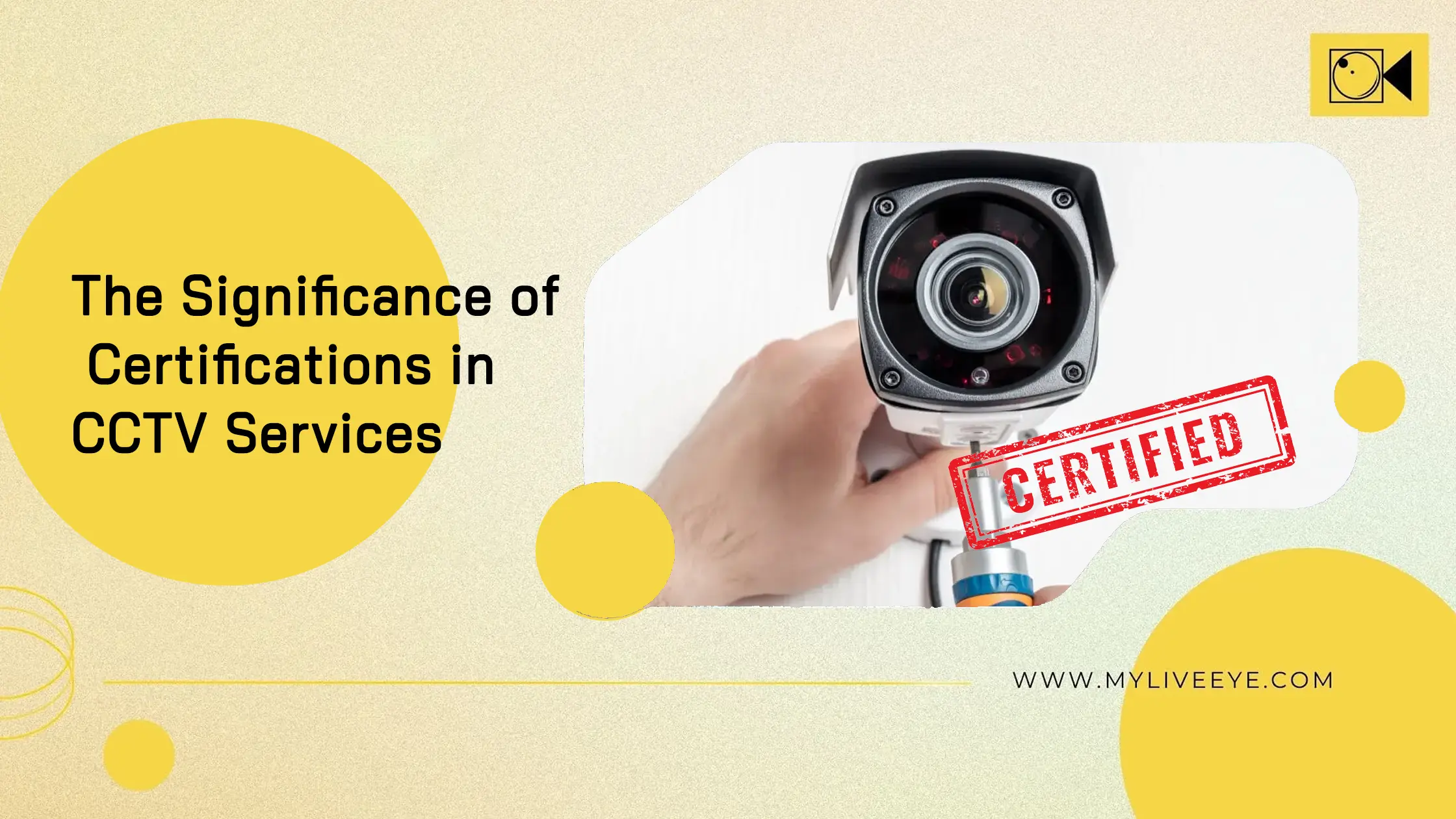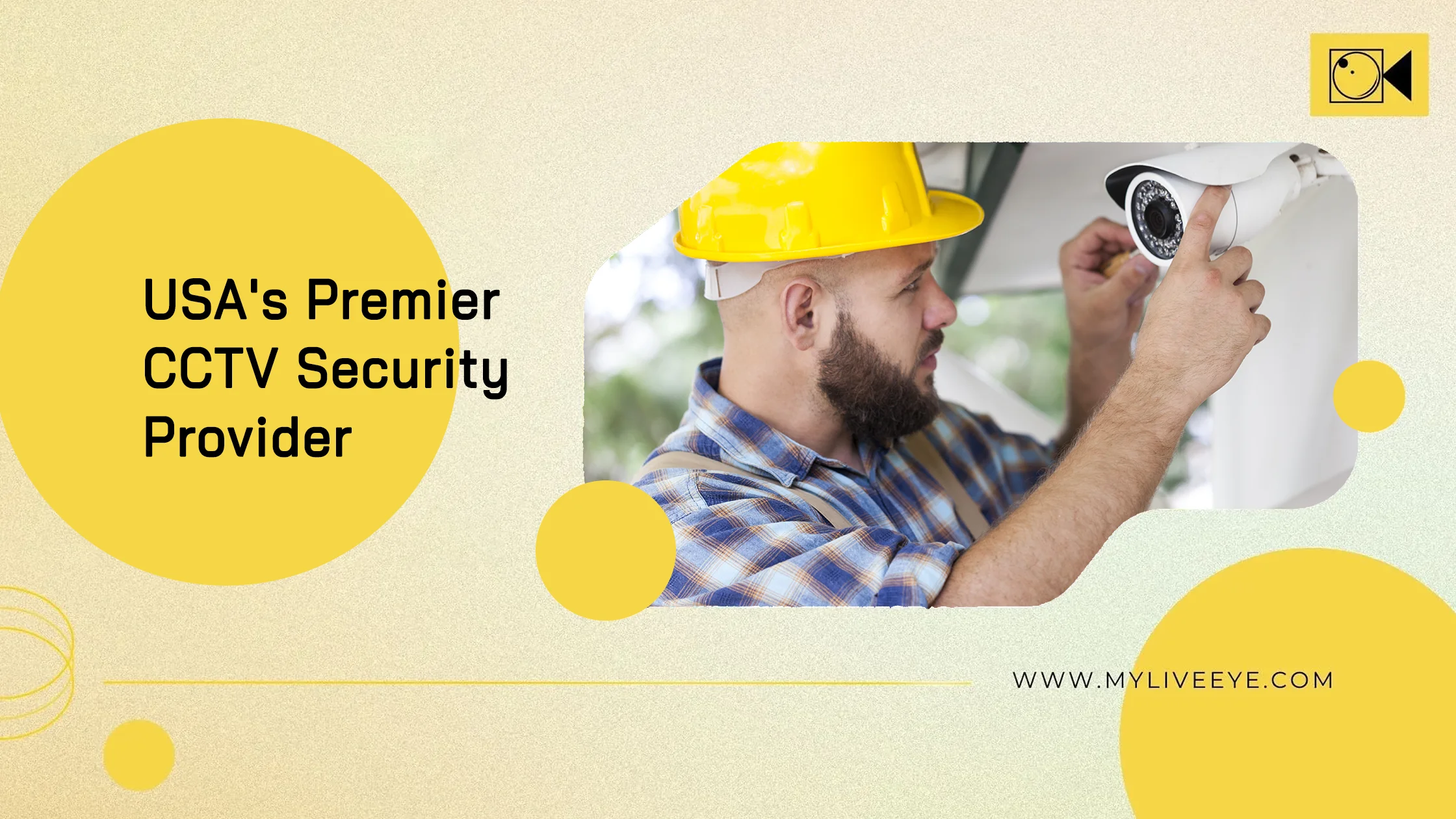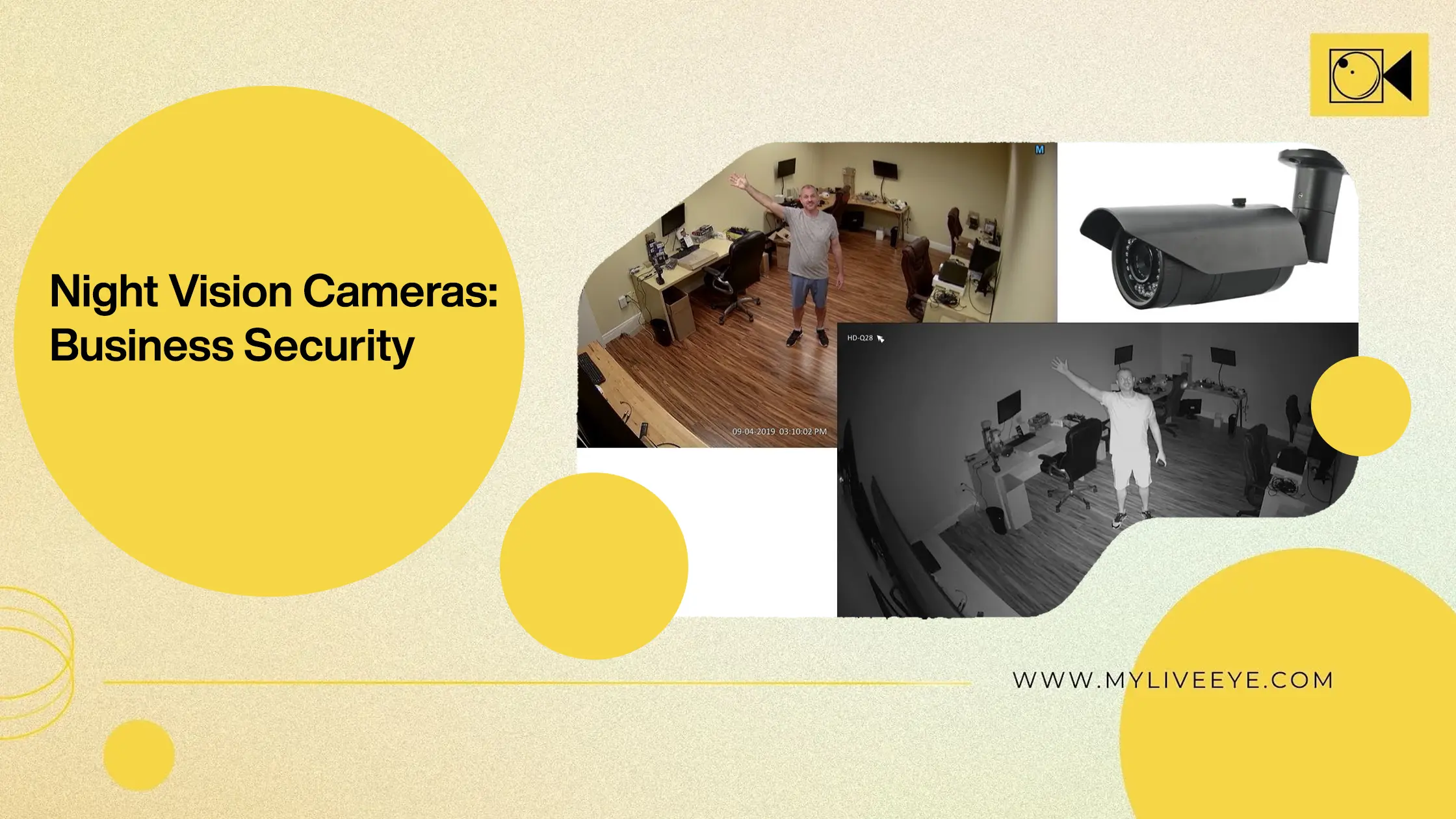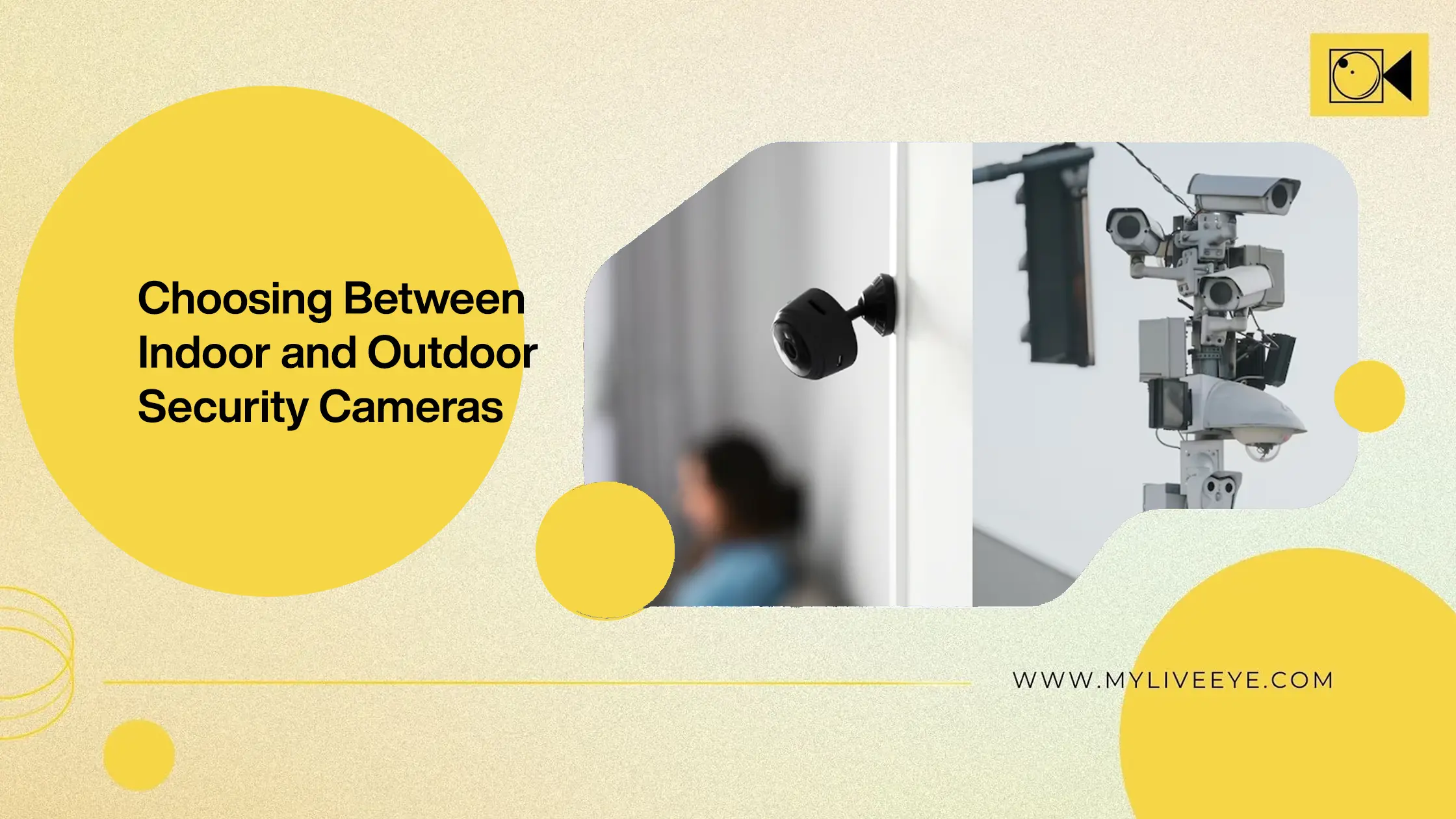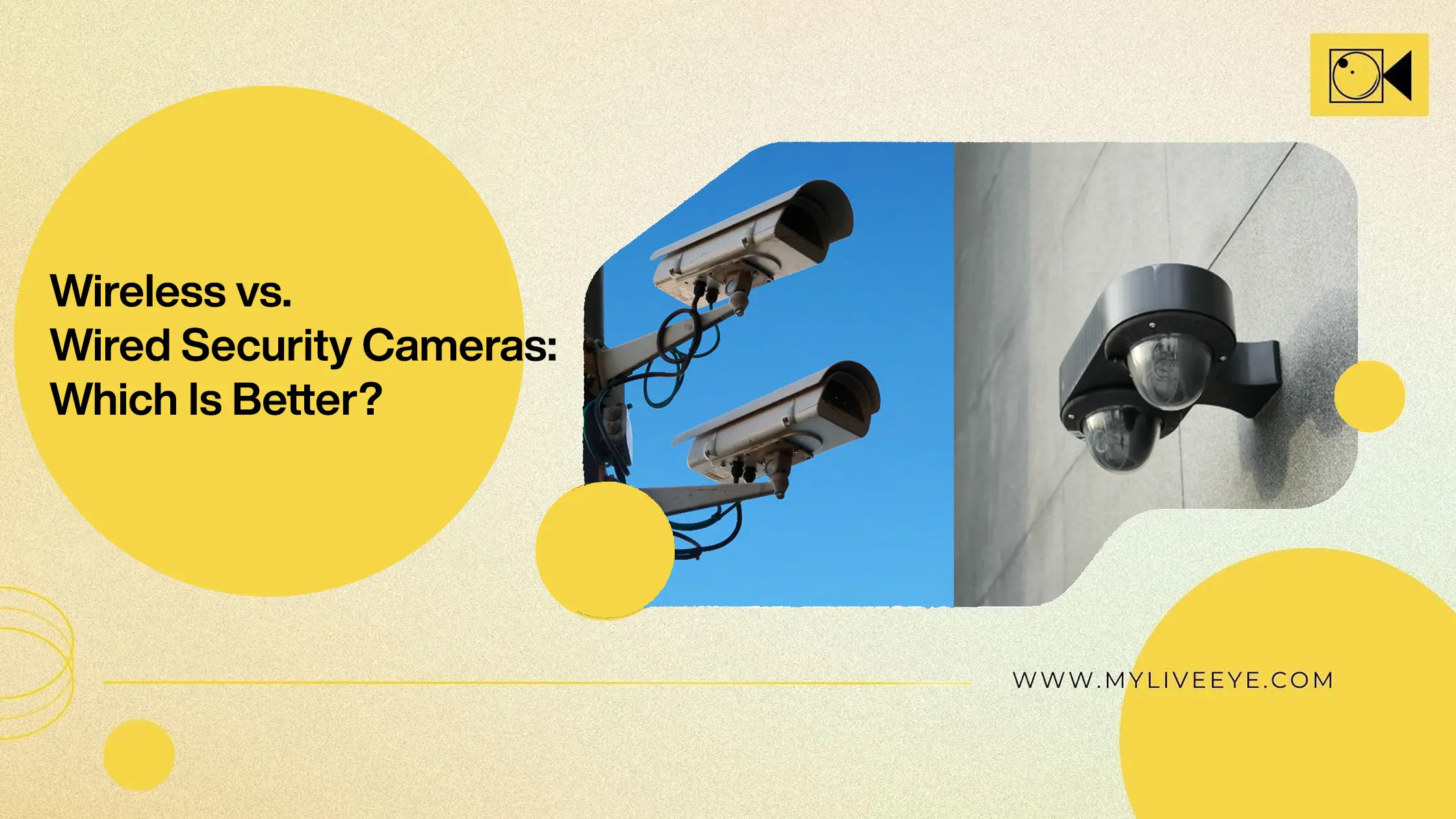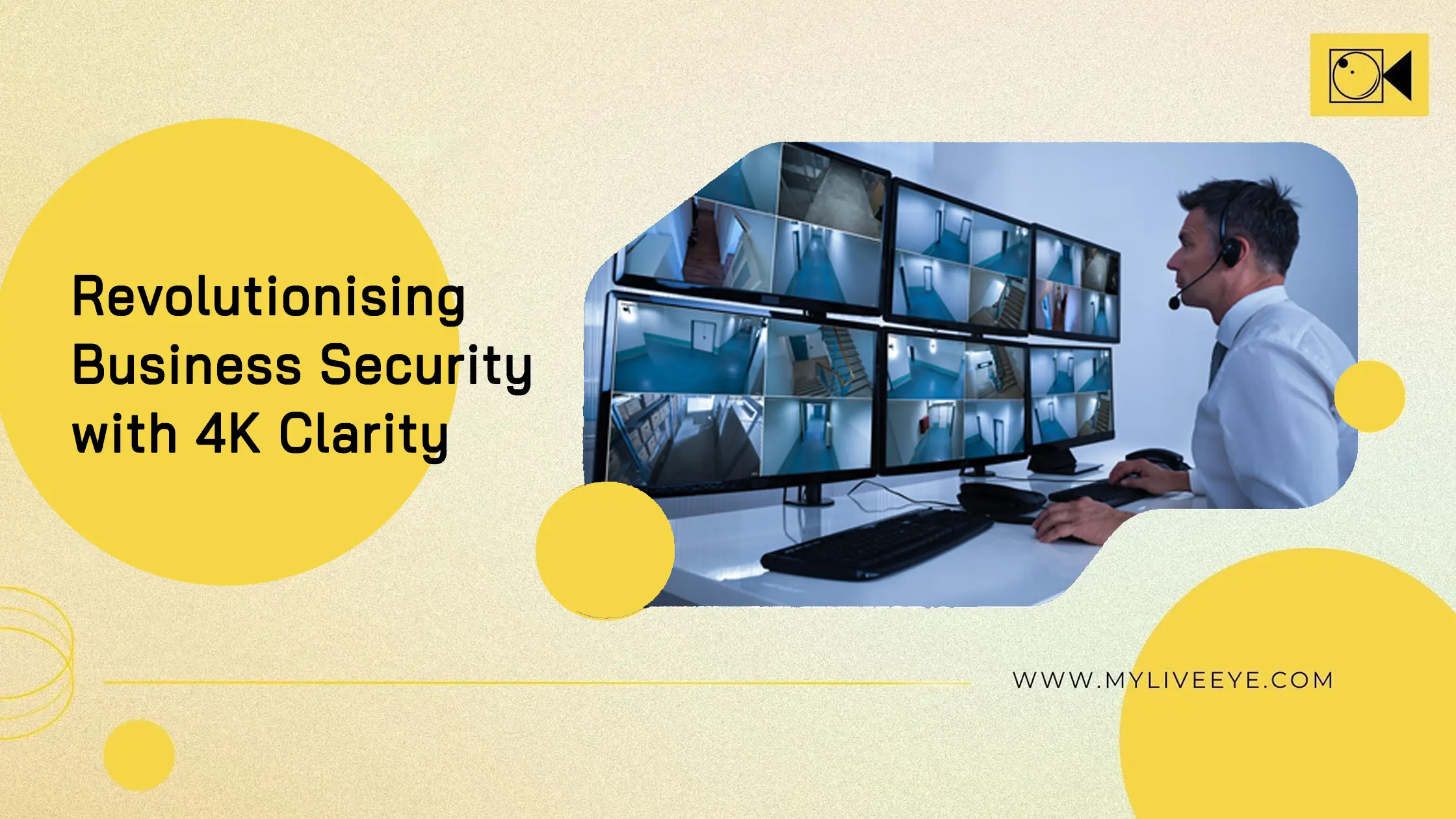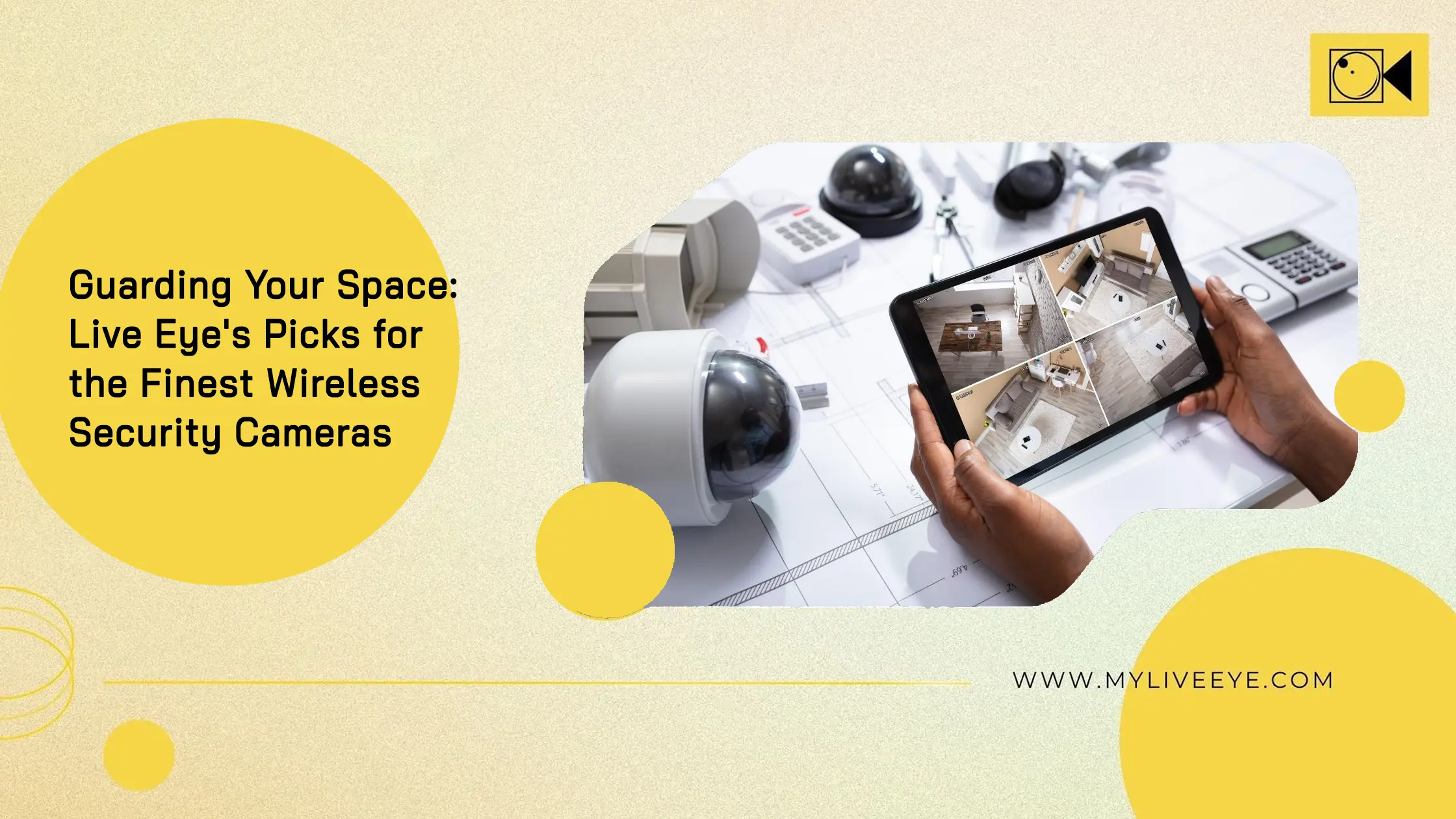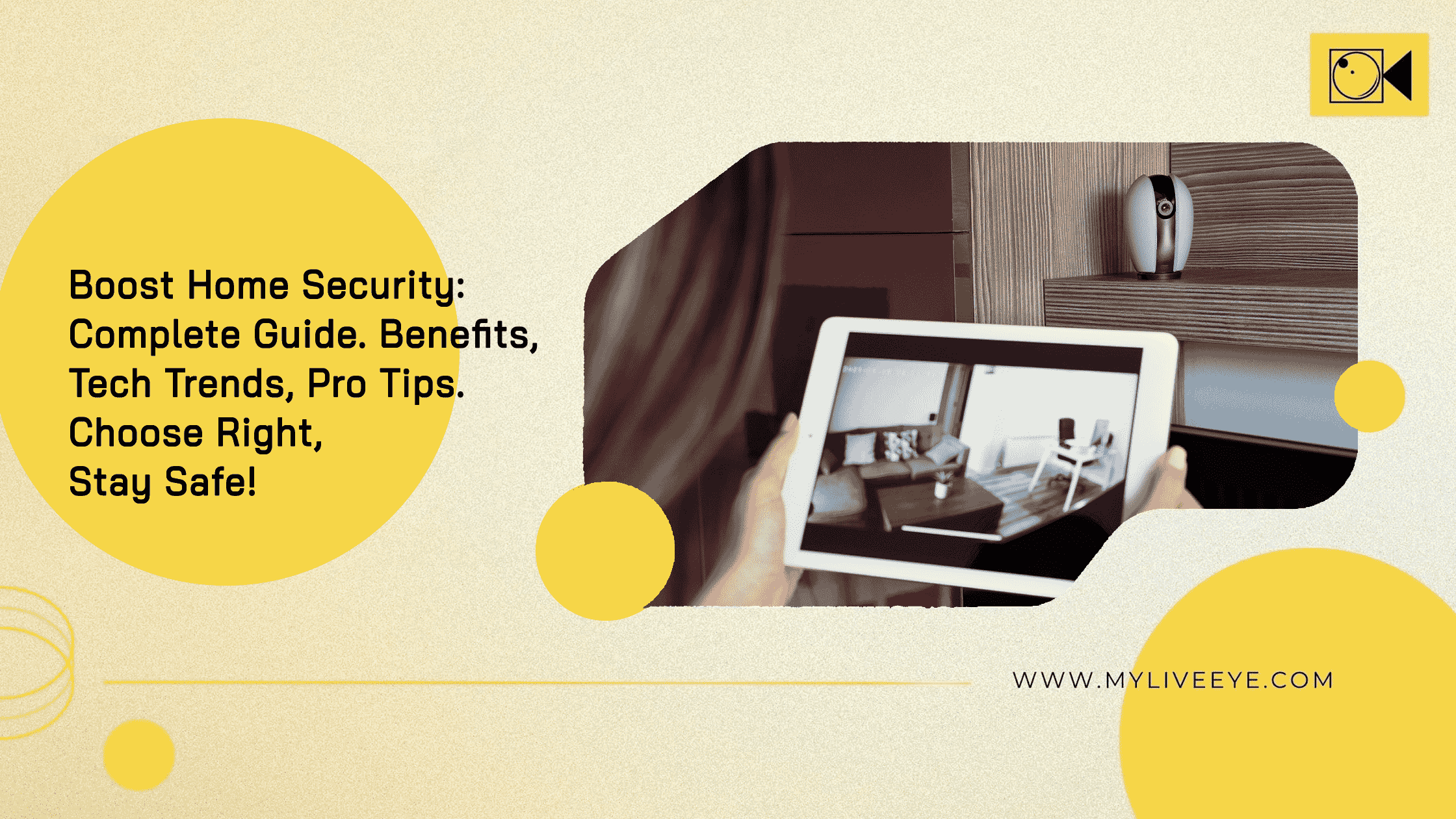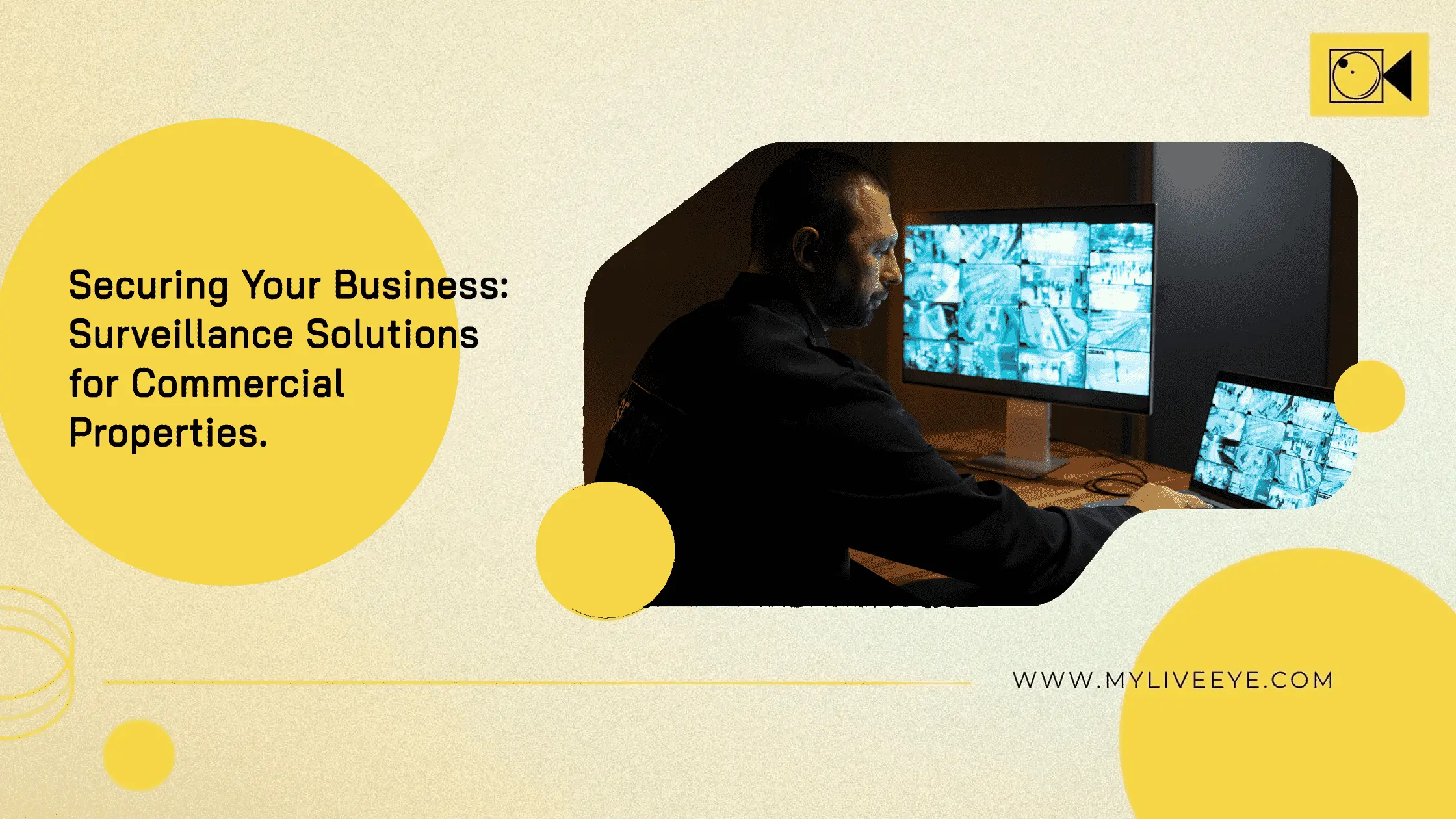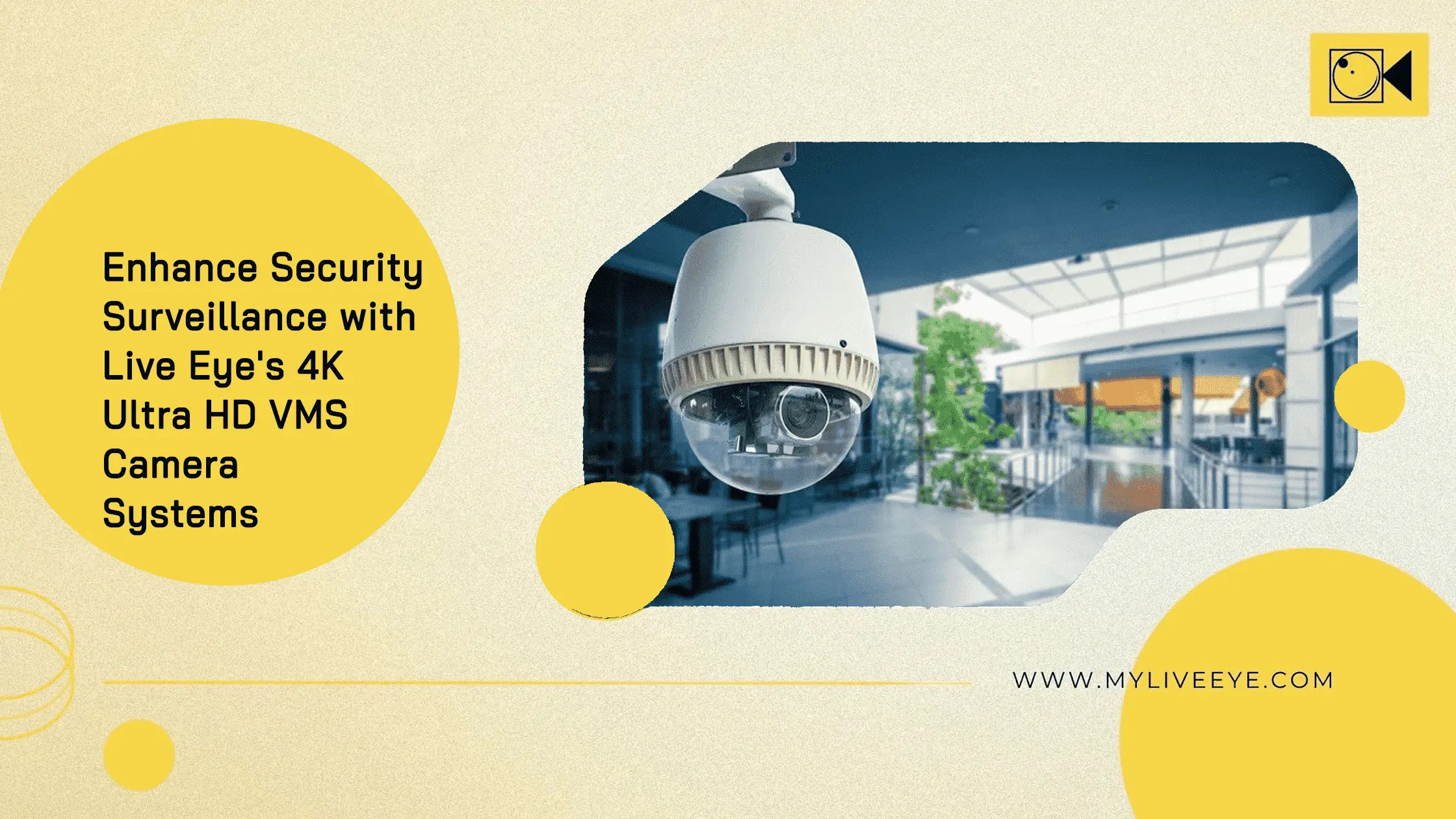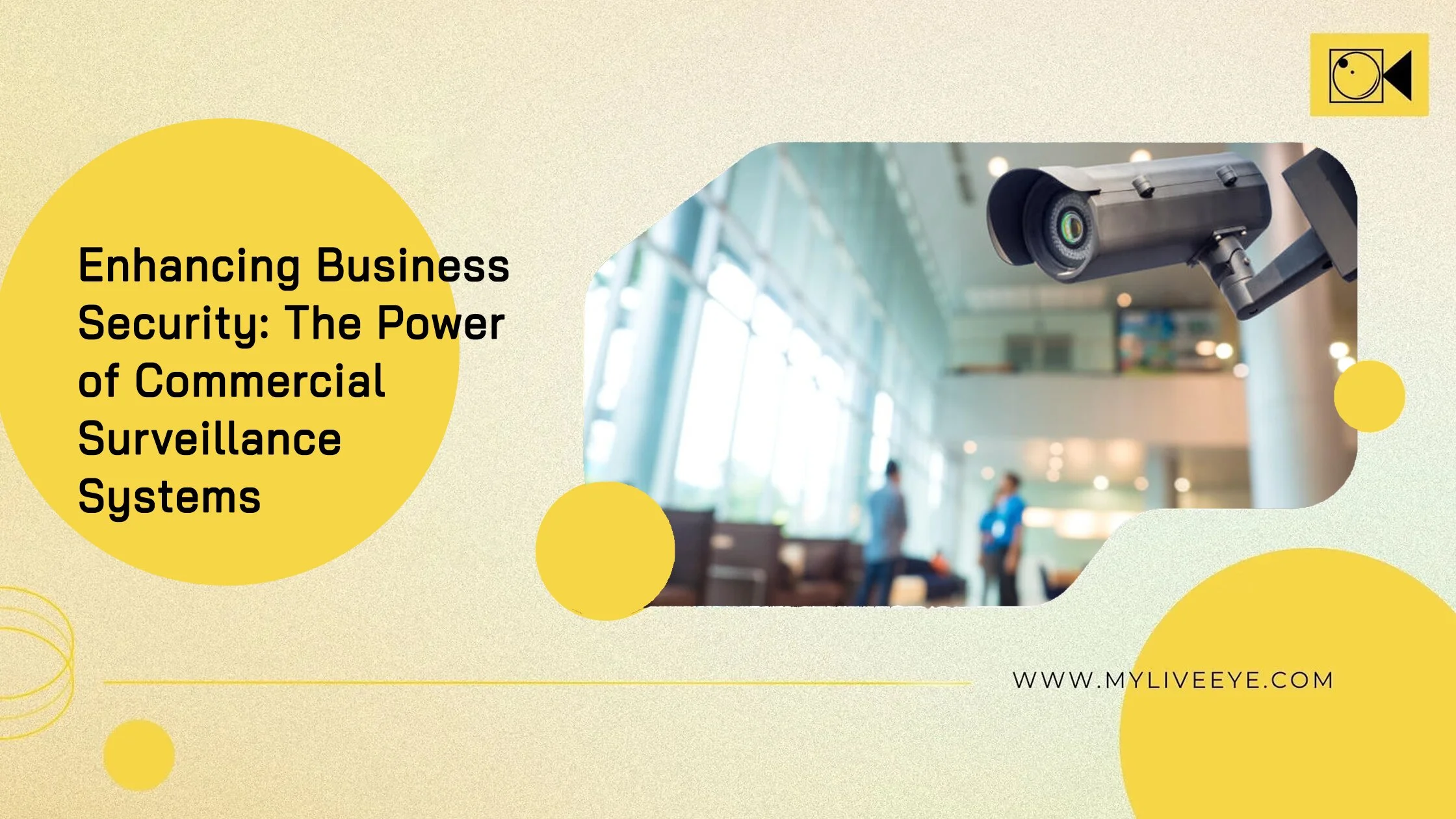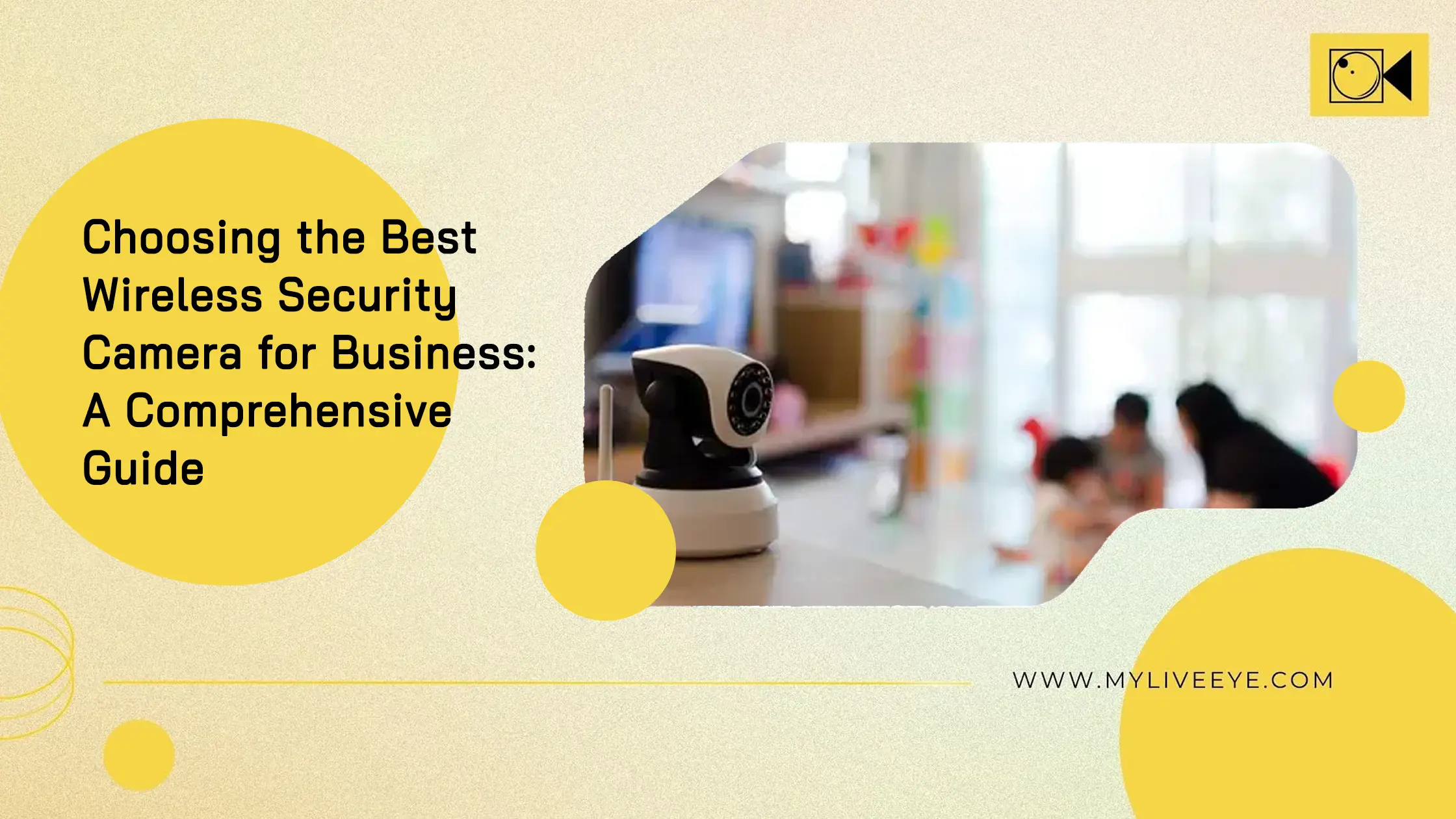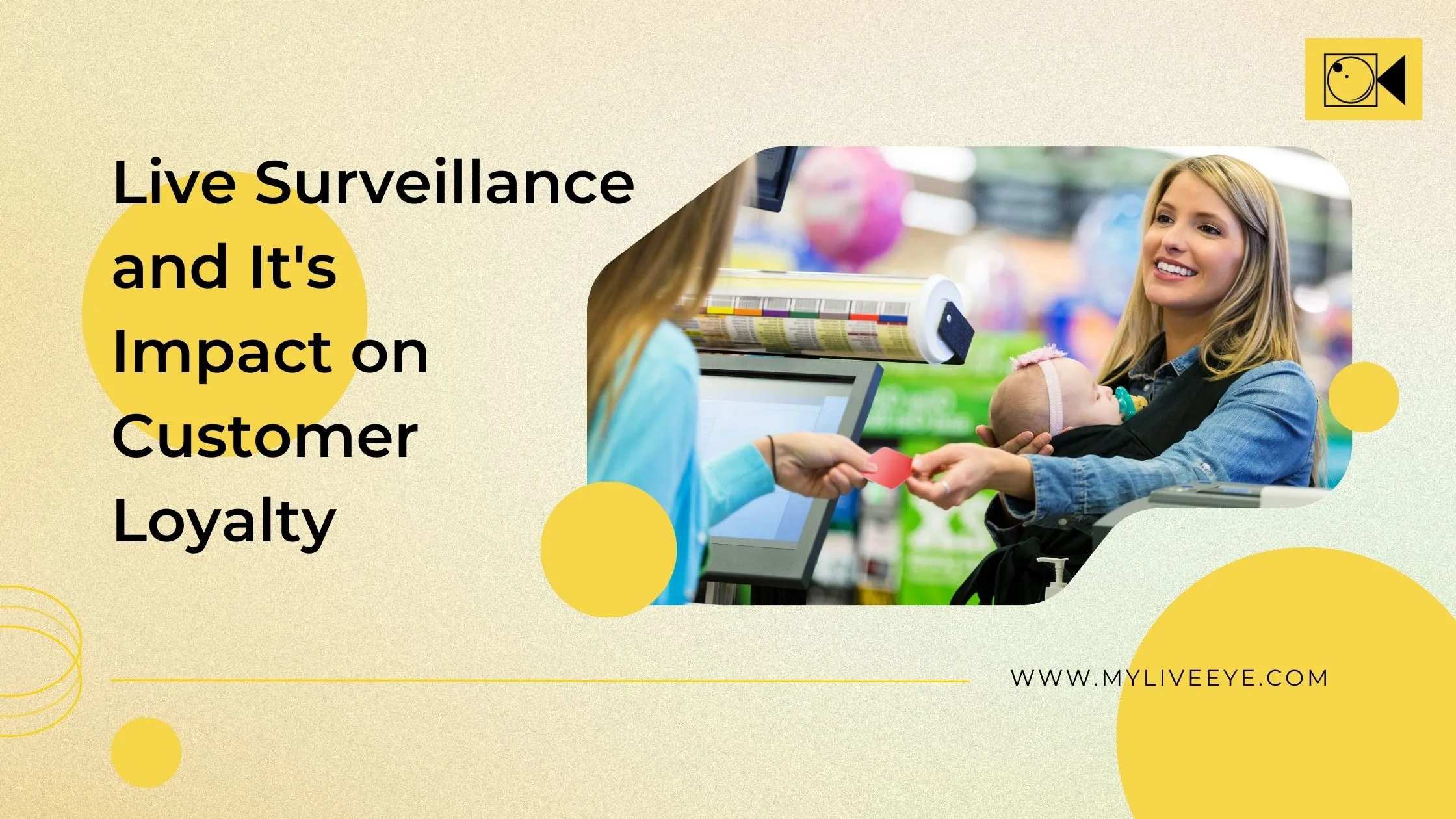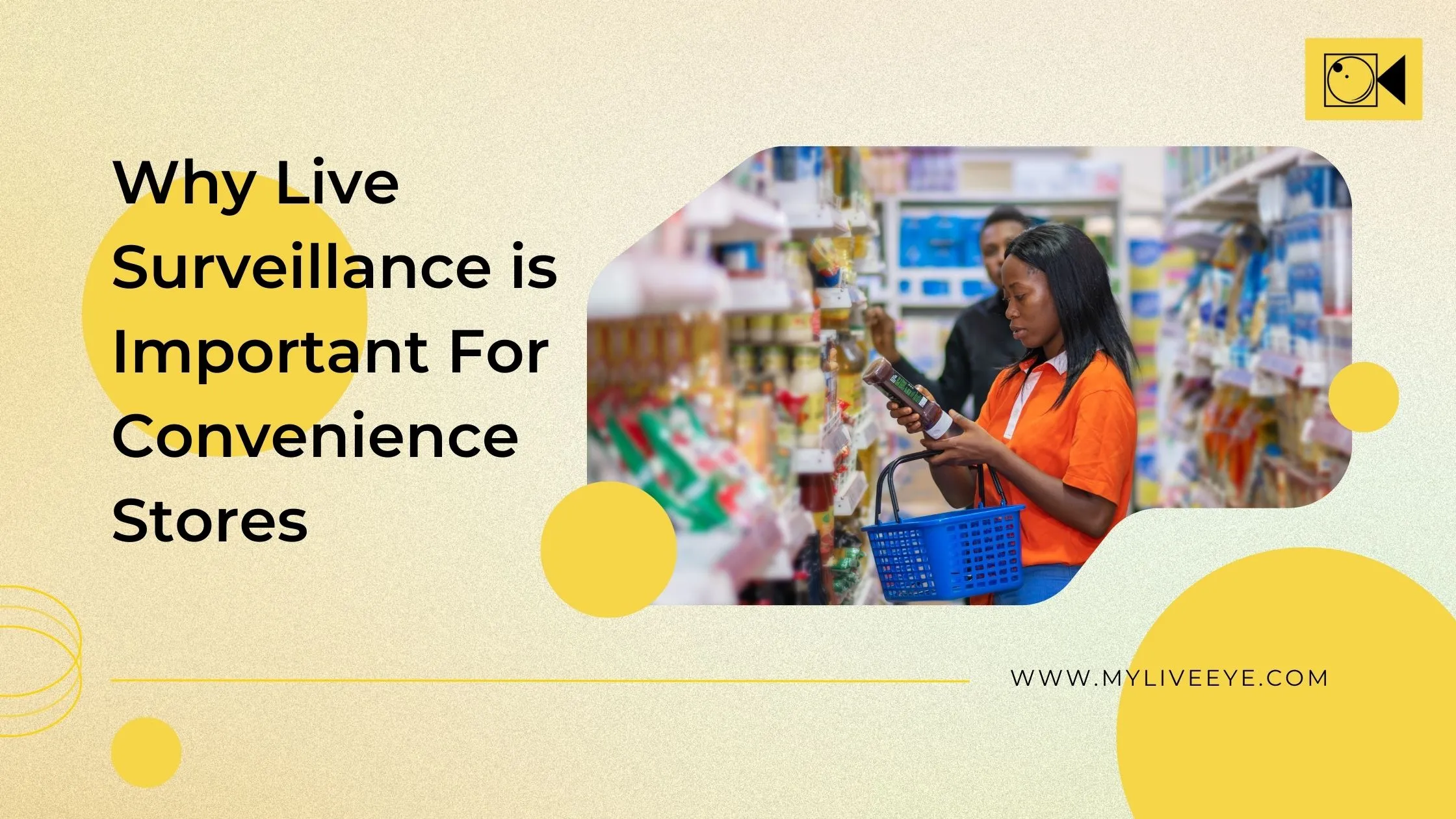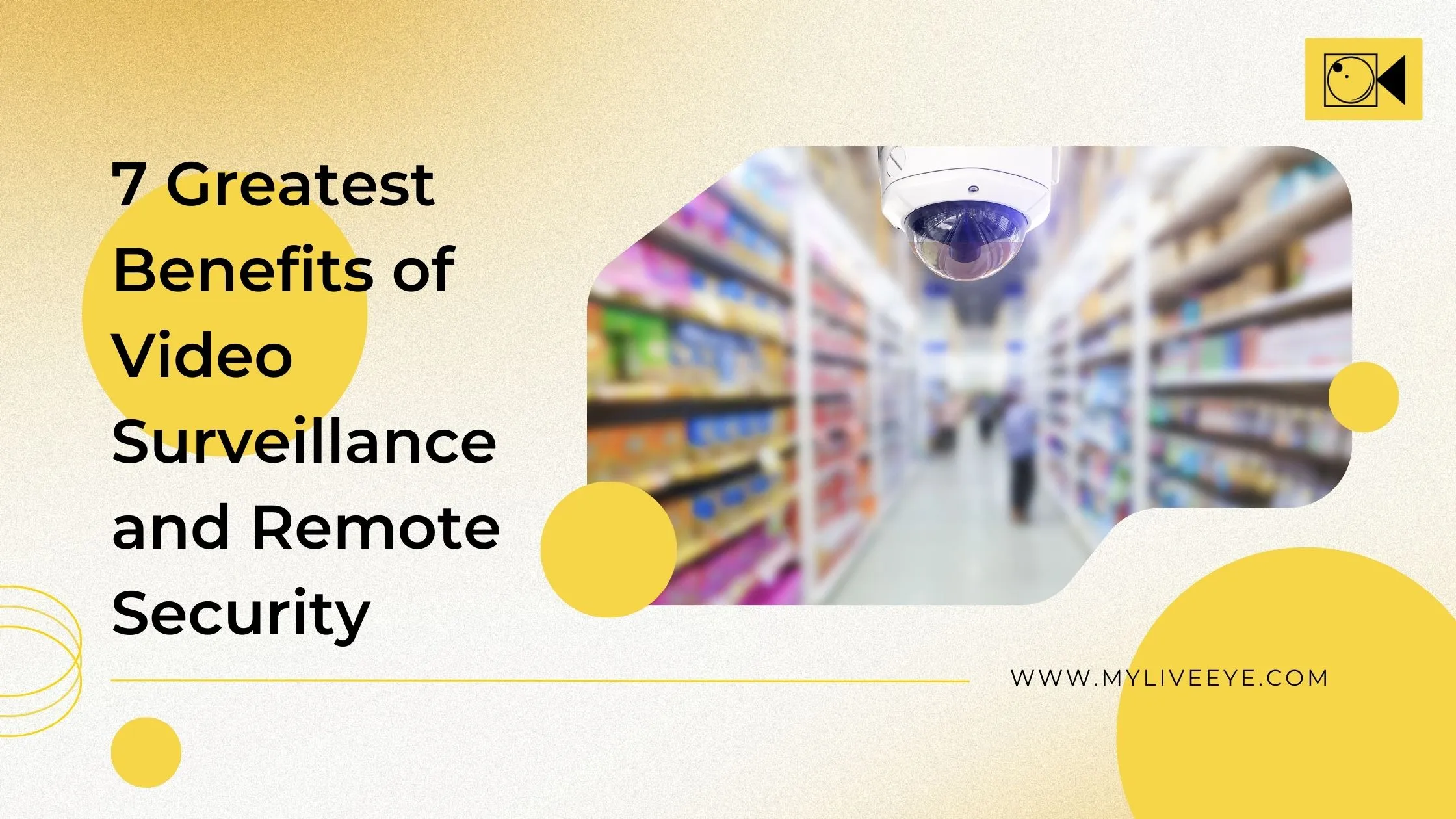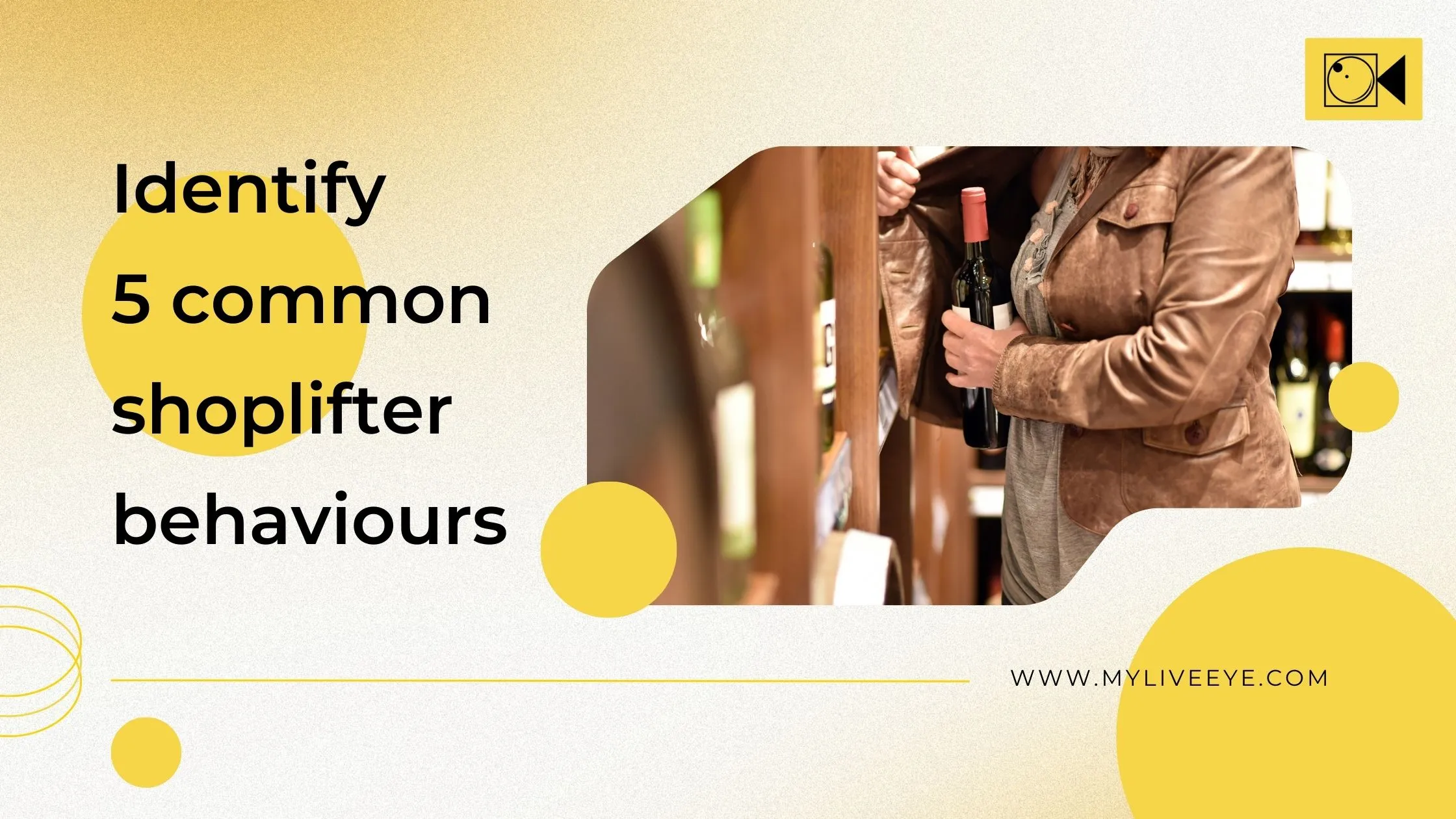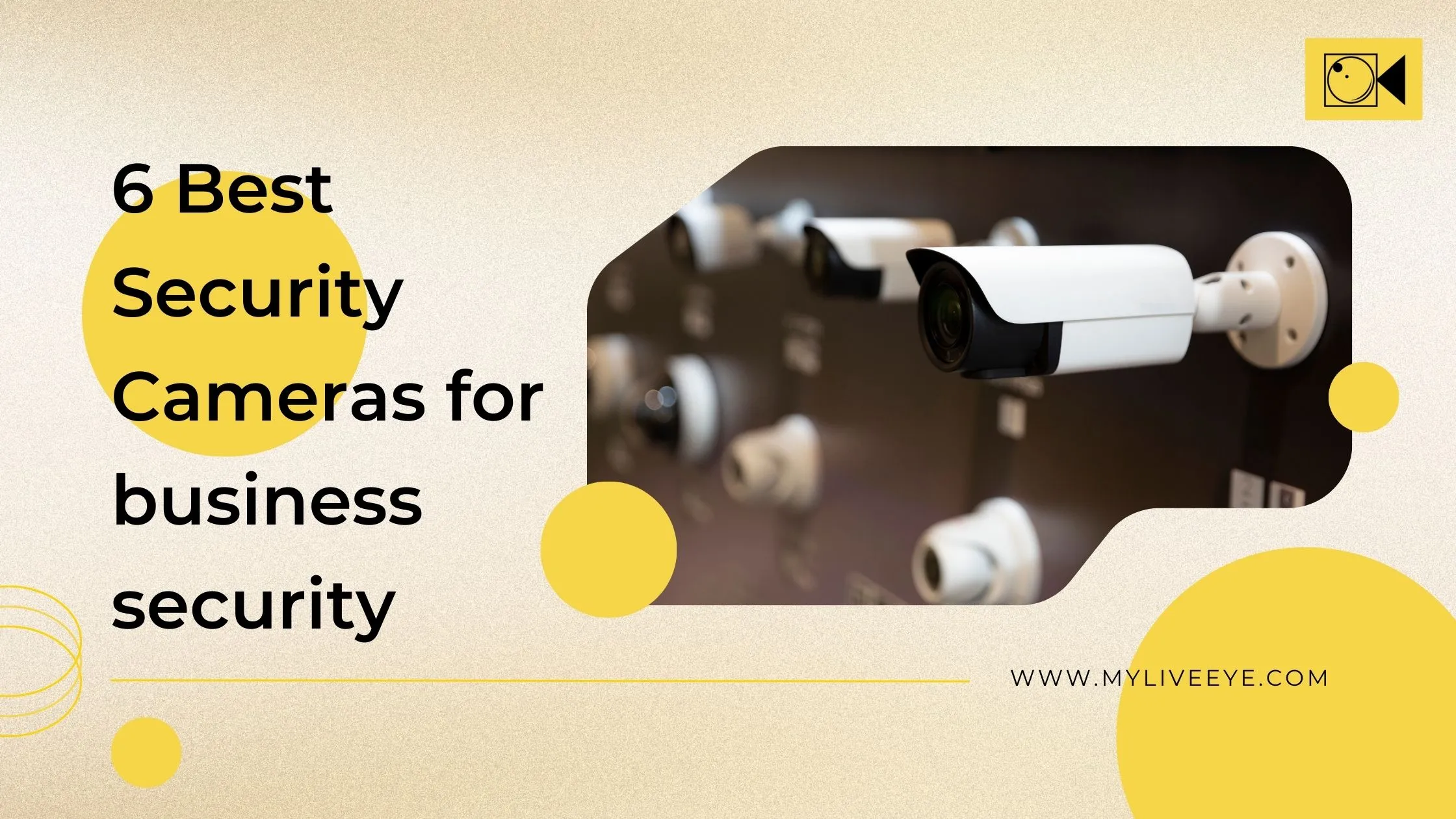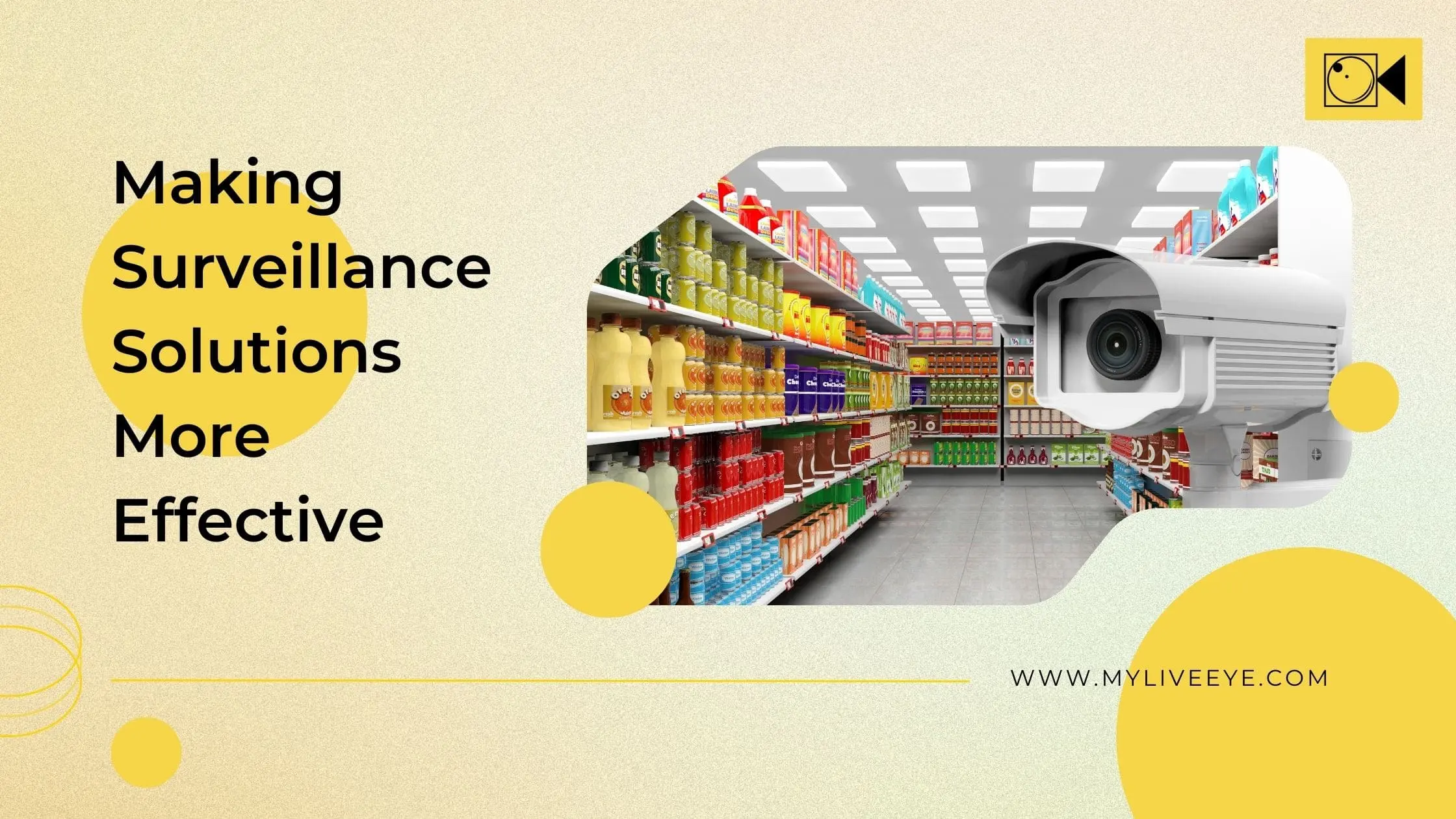
Making Surveillance Solutions More Effective
Surveillance solutions are critical to security and safety measures in today's world. They provide a layer of protection that has become indispensable in many areas of our lives, including homes, businesses, public spaces, and government facilities. The use of surveillance technology has increased over the years, and there are many different types of surveillance solutions available in the market today. However, many of these solutions have typical challenges that make them less effective in providing adequate security. In this blog post, we will discuss how live surveillance is more effective than other surveillance solutions and best practices for live surveillance.
Common Surveillance Solutions in the Market
The most common surveillance solutions in the market today include closed-circuit television (CCTV) cameras, motion detectors, alarms, and access control systems. CCTV cameras are used to monitor and record activity in a specific location. Motion detectors and alarms are used to alert security personnel or the authorities when there is movement or an intrusion. Access control systems are used to limit entry to specific areas and are commonly used in government facilities and businesses.
Typical Challenges in Normal Surveillance
While these surveillance solutions are effective in many cases, they often have typical challenges that make them less effective. For example, CCTV cameras are not always effective in detecting intruders in low light or in areas with poor visibility. Additionally, false alarms, such as animals or other non-threatening movements, can trigger motion detectors and alarms. Access control systems can be compromised by individuals with access to the area or those who gain access through unauthorized means.
Live Surveillance is More Effective
Live surveillance provides a more effective solution to these challenges. Unlike other surveillance solutions, live surveillance is actively monitored by trained security personnel who can respond to security threats in real-time. Live surveillance utilizes a combination of technology and human expertise to provide a comprehensive security solution that can prevent security incidents before they occur.
One of the key advantages of live surveillance is its ability to immediately respond to security incidents or prevent them from occurring. Trained security personnel are able to monitor multiple cameras in real-time and respond to security threats as they happen. This immediate response can prevent incidents from escalating and minimize damage to property and people.
Live surveillance also provides a higher level of accuracy in detecting security threats. Trained security personnel can quickly identify potential threats and distinguish them from false alarms, reducing the number of false alarms that occur. This reduces the time and resources required to investigate false alarms and allows security personnel to focus on actual security threats and business owners to focus on their customers.
Best Practices in Live Surveillance
To ensure that live surveillance is effective, it is important to follow best practices. These include:
- Proper Training: Security personnel should receive proper training on the surveillance technology being used and best practices for monitoring and responding to security incidents.
- Clear Communication: Communication is key in live surveillance. Security personnel should be able to communicate clearly with each other and with the authorities to ensure a coordinated response to security incidents.
- Regular Maintenance: Regular maintenance of surveillance technology is important to ensure that it is functioning properly and to identify any potential issues before they become a problem.
- Customization: Live surveillance solutions should be customized to the organization's specific needs. This includes the number and placement of cameras, as well as the types of alerts and responses that are used.
- Monitoring: Live surveillance should be monitored continuously, 24/7. This ensures that security threats are detected and responded to in real-time.
- Privacy Considerations: Live surveillance should also take into consideration privacy concerns. This includes limiting access to surveillance footage and following regulations around collecting and using surveillance data.
In conclusion, surveillance solutions are critical to security and safety measures in today's world. While many different types of surveillance solutions are available in the market today, live or real- time surveillance is most effective in providing adequate security.
Also read: 4K Clarity for Business Security: Unleashing the Potential of Commercial Security Cameras

